I sat in my hotel room in Gießen, Germany staring at my laptop screen as night began to turn back to day. Earlier in the evening, I attended the launch event at Leitz Park for the new Leica SL (Typ 601) and was attempting to piece together an analysis before grabbing some shuteye. Poring over the specifications for the new camera, I immediately reflected on the 2010 LHSA meeting where Leica director of product management Stefan Daniel held the in-person equivalent of a Reddit AMA (ask me anything) session. At the time, I was surprised by his candid and in-depth responses. One topic up for discussion was that of EVIL (Electronic Viewfinder Interchangeable Lens) cameras and Leica’s plans. When the M (Typ 240) was released at Photokina in 2012 just two years later, I thought about Stefan’s discussion, where he emphasized that Leica already had a mirrorless camera – the M system. The addition of EVF capability made sense as it would allow the use of R lenses and make better use of wide-angle M lenses. And I figured that that book had closed. Leica had realized their EVIL camera solution. It was the iconic M.
Little did I realize there was more to his statements that had yet to materialize. He also postulated a camera with an SLR-like format with an EVF rivaling an optical one. This theoretical design could be smaller and faster than a mirrored equivalent. And, it could go beyond being just an amateur plaything. Rather, Stefan teased the idea of a professional-level tool. Five years ago, he put forth the idea, with the caveat that the technology wasn’t there yet. Not to the level that Leica required in order to bring this vision to fruition.
Fast forward to 2015. The technology is now here and so is Leica’s cutting edge effort at a mirrorless pro camera.
The New Leica SL (Typ 601)
Armed with what we can assume is the same excellent 24MP low noise CMOS chip found in the Q (Typ 116) (full review here), the wickedly fast Maestro II processor, also in the Q and S (Typ 007) (full review here), and an enormous 0.66” 4.4 MP EVF with 0.8x magnification, the SL packs a technological punch. It can shoot 11 frames per second, matching up with the best of 35mm pro DSLRs, but with higher resolution full-frame capture, and can auto focus faster than just about any camera out there, including those same pro DSLRs. These last points are important ones. Leica is choosing to go head to head with the top of the line systems from Nikon and Canon – the ones aimed at professional shooters.
The body is machined from a single block of aluminum, resulting in one of the most solid feeling chassis I’ve ever held. Leica gained considerable experience in unibody aluminum construction from the T (Typ 701) (full review here) and fully exploits that know-how in the SL. The only bit of plastic is a raised rectangular piece on the top left of the camera, which houses the GPS, as the signal can’t travel through metal.
The control layout is strikingly similar to that of the S (Typ 007). With well over 10,000 exposures under my belt using the new S007, I feel the operational concept Leica has engineered is one of the smoothest and least obtrusive ones that I’ve used to date. Nothing extraneous. All controls at your fingertips. Nothing to get in the way of picture taking. I’m pleased to see this same interface put to good use on the SL.
And while the SL could clearly be seen as a baby brother to the larger medium format S (Typ 007), advances made for the Q (Typ 116) are also brought to bear, giving the new camera a leg up on the S with regards to cool tech. The luscious EVF displays all info at a glance and the rear touchscreen speeds some operations like playback, although Leica has been adamant that the camera can be operated perfectly and completely without interacting with the touchscreen. It is purely optional for the photographer. In my testing, I found that I often overlooked the touchscreen entirely and had to remind myself to play with it.
Other bells and whistles abound with dual SDXC card slots, one of which supports UHS-II, built-in Wi-Fi with control and live streaming apps for iOS and Android, dynamic and face tracking AF, advanced video functions, a self-cleaning sensor and full weather sealing.
The SL is designed for speed at every turn. Just as with the Q (Typ 116) and the S (Typ 007), its responsiveness is immediately apparent. No hesitation with menus, playback or shot-to-shot times. Live view is impressive with no latency. And while I’m sure many would have been satisfied with the same class-leading 3.7 MP EVF used in the Q, Leica pushed for an even higher level of viewfinder fidelity.
With its L mount (the new name of the T mount), the SL can accept the new line of autofocus SL lenses, as well as existing T lenses and future TL lenses in crop mode. M lenses, R lenses, S lenses and even Cine lenses all get a chance to join the party with adapters. Then there are the whispers of fully functional Nikon and Canon adapters that would offer full aperture and AF functioning on the SL, but nothing official yet. It seems that Leica is keen to make a migration to the SL as easy as possible by leveraging potential users' existing glass.
When using manual aperture lenses with no electronic coupling, like the M and R lenses, the camera utilizes a secondary, externally mounted light meter to approximate aperture information, similar to the M240. And, just like the M240, the SL uses this information to apply any necessary DNG shading corrections for specific lenses. This is further complimented by either automatic 6-bit detection of M lenses or by manual selection of uncoded M lenses and for all R lenses.
SL Lenses
While I was at Leitz Park,I had an opportunity to speak with Peter Karbe, head of optics for Leica, and optics engineer Dietmar Stuible. We discussed the new SL lenses.
The optics team had to totally rethink lens design for the SL lenses. First, with a shorter flange to focal plane distance, a typical telecentric design wouldn’t be necessary. Secondly, in order to achieve near-instant AF performance, the focus group would have to be extremely lightweight, driven by quick, but accurate motors. Additionally, optical image stabilization would need to be integrated without any appreciable degradation in image quality.
So, they got to work. Drawing from considerable expertise, the Leica optical team successfully created an exciting new standard in 35mm zoom lenses. Linear stepper motors, ultra-light focus groups, quick processing and new algorithms now work together to achieve superior speed using contrast detect autofocus, outpacing even the best phase detect AF systems. According to Leica, the AF on the SL is the fastest of any 35mm pro camera to date. Yes, that includes cameras like the Nikon D4s and Canon 1Dx.
Commensurate with the stellar autofocus system, the optical image stabilization in the lenses works astonishingly well and with the same complete silence as the AF. Degradation of optical quality is always a concern when employing OIS. But, my friends in the optical department indicated that with IS enabled, 95% of the optical quality of the lens could be maintained. Under most circumstances, the extra sharpness afforded by using IS more than makes up for any subtle loss of absolute quality. And after seeing the results for myself, I couldn’t agree more.
But AF speed and IS weren’t the only goals. Starting with the S lenses and carrying forward to the TL and now the SL lenses, Leica started designing lenses for higher resolving power. The published specs show MTF testing up to 40 lp/mm, but internally, technicians now test up to 60 lp/mm, in order to guarantee the highest performance level for this latest generation of cameras, as well as what is to come in the foreseeable future.
Touching briefly on the TL lenses before getting down to the new SL models, Peter wanted to reiterate that there will continue to be TL lens development. “The lenses are quite good with great performance on the SL.” And, true enough, shortly after the SL introduction, two new TL lenses were announced: a 35mm f/1.4 Summilux-TL and 60mm f/2.8 APO-Macro-Elmarit-TL. I briefly tried the 35 Lux TL on the SL and it did seem excellent.

Leica SL (Typ 601) with new 35mm f/1.4 Summilux-TL ASPH – the camera automatically switches to APS-C mode with TL lenses mounted
The first SL lens, the Vario-Elmarit-SL 24-90mm f/2.8-4 ASPH has more in common with the 30-90mm Vario-Elmar-S lens than the previous 28-90mm Vario-Elmarit-R. In fact, both zooms, the 30-90 S and the 24-90 SL, were designed by Dietmar Stuible, with the new SL lens loosely based upon his earlier S design. With 18 elements in six moving groups, four aspheric elements and eleven elements using glass with anomalous partial dispersion, the standard zoom is packed with exotic glass. And, the end result is probably the best zoom lens that Leica has built to date. Looking at the MTF charts for the new lens, you can see that even wide open, the lens is resolving 80% contrast at 40 lp/m. At all focal lengths. At both infinity and close focus. Yes, this is impressive, especially for a zoom. In fact, the MTFs stay very consistent at all distances, focal lengths and apertures. The lens has no weaknesses. Certainly none that I could see in any of my test shots. If the rest of the SL lenses are as outstanding as the 24-90 we’re in for a real treat.
Stuible also worked on the upcoming APO Vario-Elmarit-SL 90-280mm f/2.8-4, which looks to be quite an achievement. Taking up roughly the same physical dimensions as the legendary 280mm f/4 APO Telyt-R, the new zoom provides a 3x zoom range while maintaining stunning optical quality and offering a faster f/2.8 starting aperture, lightening quick AF and the same OIS found in the 24-90. The lens utilizes 23 elements in seven moving groups, with seven elements made from glass with anomalous partial dispersion. All zooming and focus is internal, with no change in the length of the lens.
Canon and Nikon users are accustomed to having two mainstay pro zooms: the 24-70 and 70-200. Here, Leica extended the range a bit by going to a 24-90 and 90-280. The tweaking of the accepted standard is not without purpose.
On the 24-90 zoom, the push to 90mm makes it more practical for portrait and detail applications, especially with the 1:4 reproduction ratio given the minimum focus distance of 0.45m at the long end of the focal range. This means more utility in one lens with less switching out for just a little extra length.
For the long zoom, the increase from 200 to 280mm is significant. Most of the times that I’ve shot with a 70-200, 200mm was often too short. But, getting that extra reach meant using a much larger and much heavier lens, or compromising on quality and using a mid-level plastic 75-300 zoom. Leica’s decision to offer a more useful range for its tele zoom makes perfect sense. Combined with the highly effective IS and near optical perfection at every focal length and every aperture at every distance, the 90-280 is drool-worthy indeed. Unfortunately, we will have to wait until later in 2016 when it’s ready for prime time.
The teased Summilux-SL 50mm f/1.4 ASPH is also extremely exciting. According to Peter, who has a well-known soft spot for the 50mm focal length, the standard prime lens for the SL will be nothing short of spectacular. He likened its performance to that of his masterpiece, the legendary 50mm APO for the M. Indeed, Leica is calling this 50 a reference lens. The details, beyond Peter’s glowing praise, are scant. We will have to wait until the end of the year to see it materialize. Given the size and weight of the zooms, I’m keen to see how the 50 Lux works as a walk-around lens.
| Variable aperture of 24-90mm SL | |
|---|---|
| 24mm | f/2.8 |
| 28mm | f/2.9 |
| 35mm | f/3.1 |
| 50mm | f/3.6 |
| 75mm | f/3.9 |
| 90mm | f/4 |
Speculating for the future of SL lenses
Leica has only provided details on the first three SL lenses. Given that the SL has been launched with the intention of a broader market appeal, I am giddy at the prospect of Peter and his team fleshing out a full lineup of SL glass. I’d predict a wide-angle zoom, 24, 28, 35 and 90 primes along with a macro or two. And, if Leica is serious about attracting the sports photographer, some ultra-teles might be in the works too. It only took a few years for a full range of lenses to be released for the S System, so I think we can expect a similar pace for the SL. Of course, my wild speculations were consistently met with a measured and grinning “no comment.”
Getting an SL to play with
Following the launch event, I was given the opportunity to test out the SL for a few days. With camera in hand, I decided to stick around Germany a little longer. I rescheduled my return flight, extended my car rental, and made a beeline to the factory to retrieve my test kit.
I thought about where to shoot. Having never travelled much farther north than Frankfurt, I figured I’d use the opportunity to go explore someplace new. My sights were set on Hamburg. Plotting my course (okay, the Waze app took care of that), I hit the Autobahn right from the factory. The weather wasn’t great, and my concern grew as I drove for hours through rain and gray dreariness, before finally arriving in Hamburg and checking in to my hotel.
I had every intention of going out to shoot my first night, but after five hours navigating wet highways in the dark, I just didn’t have it in me. Instead, in the comfort of my hotel room I played with the camera, explored the menus and charged up two batteries for the next day.
Getting an early start, I was delighted to see that the sun had decided to make an appearance for a reasonable, yet unspectacular sunrise. I wandered on foot around the waterfront in Hafencity, taking full advantage of the the morning light.
Shooting straight into the rising sun, the camera did a fantastic job translating the brightly backlit scene into a usable preview in the electronic viewfinder. Highlights were well controlled and rolled off naturally. I had no trouble focusing, selecting the proper exposure or composing. And, unlike an optical finder, I didn’t get blinded by staring at our friendly celestial fusion reactor. It was a good start.
From the waterfront I strolled back towards Speicherstadt, the historic warehouse district, grabbed some coffee and warmed up a bit, then set about seeking textures and details. I always love this kind of work, whether I am out shooting landscapes or travel pictures. I think that they add to the story of a place and provide a tactile sensation to a visual medium. Moreover, these types of shots tend to tell you a lot about the capabilities of a camera and lens.
The SL and 24-90 worked wonderfully for this type of photography. Framing was a piece of cake with the zoom, aided by minimal lens distortion and the accurate viewfinder. I was easily able to square off my compositions, then focus anywhere in the frame using the joystick control.
After a full morning of walk-around shooting, I needed a little rest and the camera battery needed a top-up in the charger. This proved to be a perfect opportunity to review images for a few hours to see how the SL performed on its first outing. Even without a proper profile in Lightroom, the results were encouraging and I was excited to go out for a more challenging night session later that evening.
In Northern Germany in late October the blue hour doesn’t seem to last as long as its namesake.
I managed some pictures at the Alsterfontäne. The large urban lake with its shores decked out with lighted traditional buildings made a decent subject on short notice. Putting the SL on a tripod for the first time wasn’t exactly fun, given that I had no Really Right Stuff quick release plate yet. Slow release it was. After removing the RRS clamp from the top of my tripod, I just screwed the 1/4-20 thread on the top of my ball head to the base of the camera, took my time exposure, then freed the camera for some impromptu imagery of street scenes.
From there, I hustled a couple of blocks away to the towering Rathaus (City Hall). With the beautiful purple hues in the skies fading fast, I didn’t bother with the tripod. Rather, I opted to shoot handheld and the results even at slow speeds were excellent.
Seeking a change of scenery, I hopped an Über and headed for Hamburg’s legendary, enormous port. Away from the hustle and bustle of the city center, I figured I’d be able to really test out the SL’s low light chops.
The waterfront was sparsely populated, providing a welcome respite to the crowded city streets just a few minutes away. Sodium vapor lighting cast an eerie yellow glow, illuminating the hazy, low-lying clouds. Boats of all sizes dotted the dark water, shining brightly with bold colored lights of their own.
These conditions made for some challenges. It was dark, except for the brightly lit boats, making for a very contrasty scene. At higher ISO settings, you’d expect dynamic range to fall off. If you expose for the highlights, you’ll save these areas from getting blown out at the expense of some potentially very noisy shadows. Go the other way for clean shadows and the bright spots will be unrecoverable. Lucky for me, the SL handled these situations far better than I expected.
Shooting at ISO 3200, I was able to hold the highlights and still had plenty of shadow information. This allowed me to push my shadows another 1-2 stops in Lightroom without turning to a grainy mess.
Perhaps the most impressive feat for the night was a shot of a large sailing vessel, where I pressed the image stabilization to its max. The final image was handheld at 1/4 of a second and renders the fine lines of the rigging with pinpoint sharpness. I can’t attribute this to pure luck as this just shouldn’t be possible, even in the best of circumstances.
After a full day of shooting, it was time to turn in for the night and examine the results. The low light ability, paired with the effective image stabilization and wonderful color reproduction were all beyond my expectations, even in less than optimal lighting conditions.
From Hamburg, it was off to Osnabruck the next day. I was mainly going to visit an old friend, but any picturesque German town would do just fine for testing. So, camera in hand, I showed up at Christian’s door. After catching up for a bit at his house, he took me to the Altstadt (old town), as the day was turning to night. the colorful traditional building facades set against the azure sky made for a pleasant stroll and decent photo subjects.
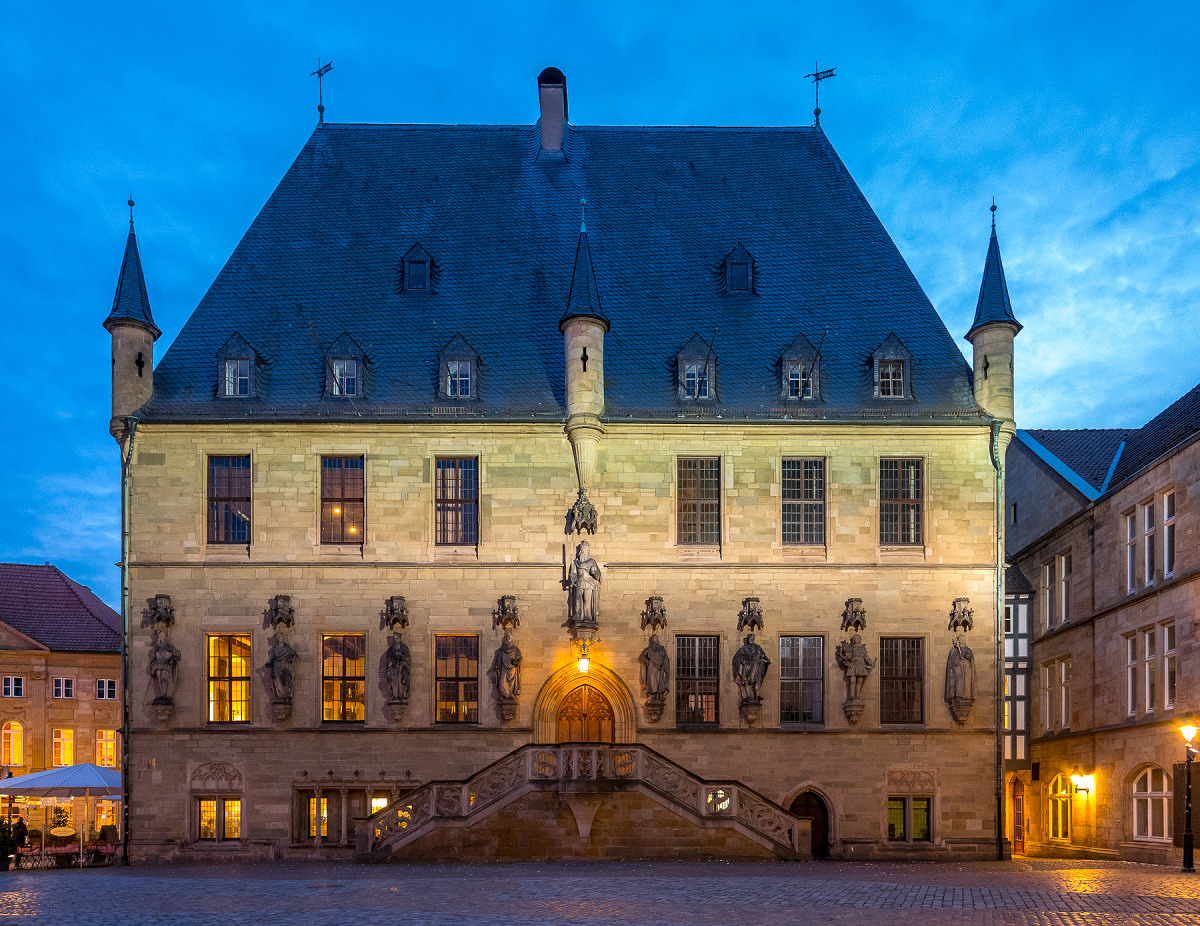
Leica SL (Typ 601) with Vario-Elmarit 24-90mm @ 27mm
1/25th @ f/4, ISO 3200, perspective correction in LR
We toured one of the town’s churches, The SL’s near silence made for a very discreet shooting experience in spite of its size. With virtually noiseless focus and such a well damped shutter, the SL was indeed an extremely quiet tool. As before, hand holding at slow speeds was no problem and lining up interiors was easy with the outstanding EVF.
With limited light, I set the camera to ISO 3200 for the remainder of the night. And again, this setting proved to be more than capable of extracting the full range of detail, tone and color from every scene.
Our visit was a short one. My friend had to pack for a trip, departing the next morning. He recommend that I head to Münster next, as it would take me closer to Wetzlar and thought I would enjoy the city. He made arrangements for me to stay at a cozy little inn right in the center of town, which proved to be an ideal launching off point.
His suggestion was spot on. Münster was great and probably would have had enough variety for all my testing. I’d love to go back there in the future. Pedestrian areas, cobblestone streets, great architecture, lush parks and tons of activity provided a wide variety of subject matter, all within walking distance.
That first night led me to the towering Dom at the center of the city. Here, the 24-90 fell short of what I had in mind, namely to capture the entire cathedral. 24 just wouldn’t be wide enough. So, I used the challenge as an opportunity to test out the 18mm Super-Elmar-M. Coupled with the M-Adpater T, using the 18 was a breeze. I just set it to hyperfocal distance at f/8, composed and shot. Tack sharp front to back, albeit with a bit of keystoning from the extreme upward angle. Some perspective adjustment in Lightroom and I was happy.

Leica SL (Typ 601) with Super-Elmar-M 18mm ASPH
5 sec @ f/8, ISO 200, Tripod w/ perspective correction in LR
The following morning, with a light rain, I was able to put the 60mm Macro-Elmarit-R to some good use, photographing droplet covered leaves and flowers. The light was soft and diffuse once the rain stopped. The 60 R lens worked perfectly and was extremely well balanced on the SL body.
The long weekend flew by and Sunday was coming to a close as I walked back into the Leica factory. I reluctantly handed back the SL and would leave for home the next morning. While the conditions weren’t ideal, I got a very good feel for the capabilities of the new camera. This has always been my approach: just get the camera and try to put it to good use in a variety of situations.
So, after about 1,000 exposures around Germany, I was able to form some thoughts about the SL. I had shot at almost every ISO, used the SL zoom, two different M lenses, two different R lenses, pushed the image stabilization to the extreme, worked in a full spectrum of conditions: bright sun, back-lit sun, overcast, hazy, twilight, low light and no light, and still managed to come away with usable images in almost every scenario thanks to the SL's insane flexibility.
Speed
The camera is fast. There is no doubt about that. Turn it on, put your eye to viewfinder, and you’re ready to go. Selecting focus points using the rear joystick is quick and intuitive. The image snaps into focus almost instantly once you half-press the shutter release. Exert a little more pressure when ready to shoot and the SL obeys your command without hesitation or the slightest delay, allowing precisely timed captures. With image review turned off, the viewfinder blackout is extremely short and at the full 11fps, becomes imperceptible with the resulting view looking like an old time movie but never going completely blank.
Handling and Build Quality
Carrying around the SL was somewhere between the M and the S. With just the 24-90 zoom mounted, the experience was relatively light and balanced. I didn’t feel weighed down or fatigued as I might carrying around the S all day with a a set of lenses in a shoulder bag. Of course, an M with a small lens like a 35 Cron mounted is tiny by comparison. The SL is by no means a direct replacement to the M. And, the standard zoom, weighing in at over 1kg is no lightweight, so my definition of light and balanced might differ with yours if you are not accustomed to a pro-level DSLR with fast zooms or a full Leica S kit.
The almost perfectly rounded grip is the only curved component save the slightly softened corners in an otherwise hard-edged design. More than just a stylistic element, the grip is comfortable and allows for secure holding, even one-handed. The diamond-patterned rubberized leatherette is nice and sticky without feeling gummy or cheap. Precision machined aluminum of the front is cool and smooth to the touch. Often, I just carried the camera one-handed at my side while walking, without a strap. Even in the brisk October air with slightly numb fingers, I never once felt that the camera would slip from my light grasp. When slung on my shoulder, the increase in weight over the M was barely noticeable.
The camera feels amazingly well put together. One of my friends at Leica jokingly told me that he thought it felt like a hammer and that an ambitious user might even be able to pound nails with it. I wasn’t about to put this theory to the test, but I rather agree that it gives the impression of a professional, no-nonsense tool. This word has continually come up in my conversation with those that own or have tried the SL: A tool. As with many things Leica, this was no accident. In one of my discussions with Stephan Schulz, manager of professional products, he explained the design direction. “We initially thought about making the SL a smaller version of the S, using the same shape and design aesthetic. And, we made design studies to look at this. But, in the end, we went with this approach as it is very tool-like. It gives the impression of a professional, strong tool.” And really, the more time I spent with the SL, the greater my appreciation grew for its understated and clean look.
The SL lenses made for the camera are equally rugged. Wide, rubber-coated and deeply ridged zoom and focus rings offer a perfect amount of drag and tactility. Precision machined aluminum barrels protect the exotic glass within and feel exquisite. If you are accustomed to handling Canon or Nikon pro zooms, the SL lenses will seem like a different class of product, with no plastic-on-plastic grind. Even the focal length engravings, hand painted in crisp white and orange, are flawless. The front and rear elements are coated with the same tough AquaDura hydrophobic coating found on S lenses that repels water and makes cleaning a breeze. The only spoilsport here are the same included bulky plastic lens shades as the S lenses. My advice is to leave them at home. I didn’t use the shade on the 24-90 at all during testing.
Everything, on both the camera and lenses, is weather sealed against spray and dust, just as its big brother, the S. If you read my S (Typ 007) review or my follow-up trip report from the same 10-day trip to Iceland, you should have a good idea of the abuse these cameras are capable of taking.
Viewfinder
I already touched on the electronic viewfinder, but it deserves repeating: the EVF really is astonishingly good. Yes, the resolution is impressive, but isn't actually the most noticeable feature. Upon pressing my eye up to the generously sized eyecup, nicely spaced away from the back of the camera to avoid nose smashing, I was greeted with an expansive and clear view through the lens. For me, especially coming off some heavy shooting with the S recently, the size is what blew me away. The EVF on the SL isn’t tunnel-like. Rather, the impression is more what I would expect from medium format, encompassing almost my entire field of view – and I wear eyeglasses when shooting. The eye relief at 20mm is excellent for fellow four-eyes like me.
Leica didn’t squander the added pixel density. In the default display mode, detailed camera and shooting information line the image on the top and bottom in sharp white text set against black bars. I really appreciate the plethora of data presented for quick reference without blocking the image.
Even in low light, the viewfinder image stayed bright, clear and smooth. Under such dark conditions, I was worried that there might be some muddiness or lag, but I am pleased to report that my concerns were unfounded, except at the very top of the ISO range and in extraordinarily dimly-lit situations. In my experience, an optical viewfinder would have been near useless under these same conditions. Very impressive.
My only issue was with the color accuracy of the finder. While photographing some of the fall colors in Germany, the bright yellow-orange hue of the leaves rendered more as a yellow-green with less saturation than was evident in both real life and the resulting images.
With the latest v1.2 firmware update, the viewfinder quality has been even further improved, with smoother refresh and more accurate colors. It is difficult to quantify, but the change is noticeable and makes a splendid EVF even more so.
Battery life
I managed at least 3-4 hours solid shooting per battery charge, even in the cool fall weather. As with all live view cameras, the sensor, viewfinder and internal processing are all working non-stop. Leica has struck an impressive balance between camera performance and battery saving techniques. I was spoiled for a long time using the original S2, and later the S006, with a battery life of around 2,000 pictures per charge. Here, expect about 400 pictures on the SL, which for most people could mean a full day shooting. For my own shooting needs, I would opt to carry one, or possibly two, extra batteries when out with the SL, especially in colder conditions.
As with the S and the T, battery changes are extremely quick. Just flip the bottom lever and the battery drops a couple centimeters from the body. A light tap upwards on the battery itself then releases it completely, avoiding accidental falls onto concrete, into a river, etc. To insert a fresh battery, just slide in and lock into to place. No door or latch to fiddle with. The gasket around the base of the battery seals tight with the camera with a reassuring click.
Menus and interface
Each generation of camera development ushers in more features, and added menus are a necessary evil of that advancement. Luckily, Leica has applied their overarching theme of The Essentials and managed to keep the clutter and confusion to an absolute minimum while still offering finite controls.The menu system is very similar to that of the latest S007 and the Q with nested menu options. A new addition, a Favorites menu, is the first to pop up when activating the menu system with the upper left control button. Here, you can select which options you’d like to add from all different menu areas. This reduces scrolling and hunting for frequently used settings. A similar concept made its debut on the Leica T. Truthfully, this menu tweak took some adjustment on my part. With a little customization, though, it did end up proving itself to be a time saver.
Much of the operational concept comes care of the S007. In most cases, the physical buttons and dials play dual roles. The top dial serves as the shutter speed control in shooting mode and toggles zoom level in playback. The rear clickable thumb wheel provides aperture adjustment for shooting, image scrolling for playback and a long-press and turn function to cycle between shooting modes (P, A, S, M). The rear joystick selects the AF focus point in live view then controls jump zoom and navigation in image review. With a manual focus lens mounted, a single press of the joystick magnifies the live view to 100% and allows scrolling around the image area in any direction.
The four buttons surrounding the rear LCD offer various functions for live view, playback and menu navigation, as well as being available as customizable shortcuts, accessible through a 2 second long-press.

Programmable soft keys surrounding rear LCD
On the top of the camera, flanking the same always-readable 1.28 inch transflective monochrome LCD found on the latest S, are two buttons, one for video recording and the other programmable, defaulting to mode toggling between still and video live view. The square LCD panel takes up the entire depth of the thin camera body front-to-back, putting the most common camera info at a glance.
There are only two physical configuration changes from the S to the SL. The front function button sits on the grip side of the lens of the SL, the opposite side from the S. It is still programmable, but now accessible by your right middle finger while shooting. The other change is the addition of a button just to the right of the viewfinder eye cup to toggle EVF function manually, if you opt to disable the eye sensor. To emulate a DSLR, turn off image review and press the button to keep the EVF on at all times.
Autofocus
While autofocus isn’t exactly new or revolutionary, the AF system on the SL is worth some mention. It’s fast, accurate and completely silent. Driven by a powerful linear stepper motor, the lens can move from infinity to 0.3m in 110 milliseconds. Yes, that is extremely quick.
Like most pro cameras, the autofocus can be configured in a variety of ways. At the simplest level we’ve got basic selection of focus modes: AFs (single), AFc (continuous) and MF (manual). Then, there are three options for AF. Here, you can choose from Static, Dynamic (Tracking) and Auto (Face) modes.
In Static and Dynamic modes, the rear joystick moves the AF point around the image through either a rectangular array of 49 or an oval field of 37 zones, which cover almost the entire frame. Once locked on (green box) in Dynamic mode, the camera remembers this area. You can then move the camera to reposition, or use it to follow a moving subject. The AF field size is also selectable, with options for 1 Point, Field or Zone. The 1 Point is like spot focus, with a single crosshair, Field shows as a single framed rectangle, and Zone displays a group of nine crosshairs in a 3×3 arrangement, which then turn into boxes upon focus lock.The options can be a little overwhelming. For my testing, I mostly used AFs, Static and Field. Simple is good, especially for an old-school style shooter like myself.
Shutter sound
The SL is mirrorless, but not shutterless. Thankfully, that shutter sounds beautiful. Quick and precise, with minimal vibration and no clunking. It’s quiet yet reassuring and doesn’t impact slow speed handheld shootability, nor does it give you away in subdued environments.
Image quality
As with so many cameras I’ve tested lately, the lack of official Lightroom support for the test files before launch made it challenging to give a final determination on picture quality while I was out shooting with it. With both the Q and the S007, I saw marked improvements when Adobe released updates with camera support and profiles. And not just in color rendition, but also for adjustability, noise and per pixel acuity. So, while evaluating images during my testing, I had to assume a worst case scenario. And even then, it felt like the final output on the SL would be right in line with the latest generation of Leica digital cameras.
Now that Adobe has provided a new version of Lightroom with full camera support and automatic SL lens profiles, I went back and reprocessed my test shots. The gain in image quality was significant, even surprising. Highlight and shadow recovery made meaningful changes. Noise volume decreased and noise structure became much more uniform and fine. Sharpness increased and colors were more accurate. The end result, now that the imaging chain is complete, is quite impressive.
How good are the SL images? It’s a Leica – the images look fantastic. What did you expect? Are they as eye-popping as the files from the S007? No. The detail, nuance and dynamic range offered by the latest generation S is still noticeably superior to the SL. And I don’t think this will change with future software updates. The S is still the top dog in the range and currently offers the best imagery that Leica has to offer. And frankly, it should. The S features a 60% larger sensor and is twice the price of the SL. I don’t think this takes anything away from the SL at all. Just as the SL doesn’t take away anything from the S.
ISO Performance
I took a handful of shots at ISO 50, but I had zero complaints about using the SL in good light at 100, 200, 400 or 800. There was so little difference that I consider it a moot point. ISO 50 is certainly nice to have if shooting waterfalls or other subjects where a longer shutter speed is valuable, but just not necessary for regular shooting. I’d rather gain more aperture or shutter speed than an insignificant decrease in noise. ISO 800 on the SL reminds me of base ISO of 100 on cameras from just a few years ago. They are almost squeaky clean even with zero noise reduction and great pixel acuity.
For higher ISO, I found that ISO 3200 was very clean and ISO 6400 was perfectly usable. This handheld interior shot, for example, shows great sharpness, nuance and tonality.
ISO 12500 works fine as long as you’re not trying to pull the shadows up too much. Details are sharp and there is plenty of information. And while I know others have had good luck at ISO 25000 and 50000, especially for B&W conversions, I felt more comfortable in the 3200-6400 range. For this bicycle image, there was almost no light, and the SL still managed a crisp image at ISO 12500, wide open and handheld at a 1/15th of a second.
With the IS lending a helping hand, there were very few nighttime scenarios that couldn’t be managed with the zoom and ISO 6400. Swap out for an M Summilux and you’ll have even more speed to work with. While I haven’t done head-to-head comparisons with the M Monochrom (Typ 246) (full review here) , my gut feeling is that the Monochrom still holds a slight edge for low light, putting in a marginally superior ISO 12,500 result, compared to the SL when the SL image is converted to black and white. At its sweet spot of ISO 8000, I’d give a stronger advantage to the MM246.
White Balance
As with just about every current generation Leica digital camera, auto white balance is surprisingly accurate. Mixed lighting is handled with aplomb, almost as good as the M240. In post processing, white balance often goes untouched, with the camera guessing correctly more than 90% of the time.
Video
The camera features an HDMI 1.4 port, which allows for Cinema 4K output in 4:2:2 10 bit to an external recorder. Leica recommends the Atomos Shogun. Built-in timecode generation, an available audio adapter, video L-Log, aspect ratio masking and digital stabilization round out the impressive motion capture feature set. Add in the ability to take Leica Cine lenses with the upcoming adapter, and the SL has the potential to be a serious player in the realm of professional video.
I’m not a video reviewer, so I will leave that to those more capable and qualified to speak to workflow and quality specifics. From what I’ve seen from a layman’s perspective, though, the video capture looks great. It’s also worth noting that the latest firmware update addressed a shortcoming of the L-Log gamma feature that some early video reviews discovered by expanding the dynamic range of the flattened feed, which is intended for post processing grading.
Image stabilization
For all the features of the SL system, I think that perhaps the most significant one might just be the image stabilization in the SL lenses. A remarkably effective OIS system combined with no mirror, an extremely well-damped mechanical shutter and a dense metal body all serve to make previously unimaginably slow shutter speeds suddenly possible for everyday shooting. I took far too many shots between 1/10th and 1/30th of a second handheld to peg this one to dumb luck.
They’re almost all tack sharp. During my testing in Hamburg, I even took one remarkably crisp shot at the wide end of the zoom at 1/4 of a second. And as I mentioned above, Leica was able to incorporate the OIS system with almost no degradation in image quality.
Lens compatibility
With the ability to mount nearly every single Leica lens ever made, save for a few exceptions like the 21mm Super-Angulon, the SL gives you access to just about any optical look you might have a hankering for. Get ready to dust off those R lenses that have been keeping your papers safe from a stiff breeze all these years. They’ll all work with the upcoming adapter. Don’t want to wait? Just go ahead and stack adapters with an M-Adapter T and R-Adapter M. M lenses? Even easier.
The current M-Adapter T adapter works perfectly, featuring a 6-bit reader for lens corrections and EXIF metadata. If you feel so inclined and prefer the vintage 1930’s glow of the Berek era, grab yourself an LTM adapter and go to town with your screw mount Xeon or Summar.
S lenses with AF and aperture control? Yes, please. The adapter is coming soon, as is the one for Leica Cine Lenses (and any other PL-mount cine lenses, for that matter). With T lenses, now rebranded to TL lenses, the mount is identical. Just be aware that mounting a T/TL lens will automatically put the camera into APS-C crop mode. From a user perspective, the change is seamless, with the viewfinder filling with the cropped image.
Using M Lenses
Dipping into the kit I brought with me to Germany, I had an opportunity to try out a couple M and R lenses on the SL.
First order of business. I had to see how my current favorite M lens, the 50mm APO-Summicron-M performed on the new body. With the 50 mounted, the camera got a whole lot lighter and smaller. Focusing was simple and quick. As I turned the focus ring on the lens, the high res image in the EVF gave a clear indication of focus, even without activating magnification.
Unfortunately, unlike the M240, the camera doesn’t have an option for automatic focus assist. You have to activate the magnification manually each time you want it to display. On my test camera’s firmware, this feature was hard wired to the lower left LCD button, with no ability to reassign it to any of the custom function buttons. This was obviously not an ideal placement when you have the camera up to your eye, and proved to be quite cumbersome while shooting. After mentioning my feedback to Leica, I was told that this ability would be added via firmware. And it was in short order. In firmware v1.2, the ability to use the thumb joystick for quick focus magnification changes the entire dynamic of using M lenses. What was slightly annoying in my test is now awesome. Assigning this functionality automatically when a non-AF lens is mounted is just brilliant. Just give a single press to the joystick button and you’ve got a 100% magnified view with staggering resolution which can be moved around with the joystick.
I also tried out my 18mm Super-Elmar-M which is the widest fixed focal length for the M system. The WATE (16-18-21) is wider, but the 18mm is just a stunner. I find it complements a 24 superbly. On the SL, I merely set the lens to hyperlocal distance at f/8 and went to town. I was rewarded with sharp, detailed and crisp images with the signature I’ve come to expect from the Super-Elmar. What I didn’t see was falloff, vignetting or corner softness. For interiors, architecture, broad landscapes, and other ultra-wide use cases, the 18 M will be hard to beat. As the SL ecosystem matures, it will be interesting to see what Leica develops in the ultra-wide and wide range. My guess is that we’ll see a 16-35mm lens, or similar, in the near future.
Truth be told, the 24-90 with autofocus will spoil you with its convenience, flexibility, zoom range and speed. And the lens’ outstanding image quality certainly won’t leave you wanting.
The advantage I felt with the M lens was that the camera vastly shrinks in size. It becomes more stealth and could prove to be a really fast street setup with a 28 or 35 Lux mounted.
Using R Lenses
In addition to the usual collection of M lenses, I also brought along a 60mm Macro-Elmarit-R and 180mm APO-Elmarit-R. I’ve used both of these lenses on the M240, so I was curious how they would handle on the SL. With my two adapters stacked up, I first played with the legendary 180 APO. Compared to the M, the experience was much more SLR-like, which proved to be more comfortable and balanced than using the front-heavy R tele on the M. The only inconvenience was the aforementioned unergonomic placement of focus magnification, but this has now been remedied.
The 60 Macro was a blast to use. Wide open and close up, the lens evokes the character of the Noctilux. Buttery bokeh. Painterly color rendering. Just gorgeous. Stop down and it’s razor sharp. The lens is small, light and easy to handle. The verdict: the 60 Macro is a keeper on the SL. I’d be keen to try the 100 APO-Macro-Elmarit-R. The extra working distance and greater resolving power might be advantageous on the SL. Again, I am anxiously awaiting an SL Macro, preferably with IS.
Other R lenses that might be interesting would be the 90 f/2 APO, 80 f/1.4, 135 f/2.8, 280 f/4 APO, and perhaps normal and wide lenses like the 50 f/1.4, 35 f/2, 28 f/2.8 and 19 f/2.8. The caveat here is that while some of the wide and normal R lenses are quite good, the current M lenses in this range are generally far superior. And much, much smaller and lighter. I’d take the 18 M over the 19 R, or the 35 Lux FLE M or 35 Cron ASPH over the 35 R, and the 50 APO M is a no-brainer versus the 50 R. And when talking about the zooms, I can’t see any good reason to recommend a manual focus R zoom instead of one of the new autofocus, image stabilized SL zooms, unless weight savings is your main priority.
SL vs. M or S
If you’re an existing user of an M or S system, this universal compatibility allows the camera to serve as an additional or backup body that will be able to take full advantage of lenses already in your bag. With its speed and high ISO performance, the SL could make an excellent companion to the S where absolute image quality isn’t as important as getting the shot under challenging conditions.
For an M user, the SL brings similar benefits, and a different experience from the M. My suggestion here, would be to incorporate the SL into an existing M kit to give the flexibility and convenience of an AF zoom and the compatibility with M lenses. The built-in EVF is stellar, but there is still something about a traditional M rangefinder experience that I still find irreplaceable. The M might not be as fast to work with, or offer all the wiz-bang features that the SL does, but it remains the quintessential Leica experience.
Basically, the SL doesn’t so much replace an M or an S as complement it, at least for me.
Other notable features
The SL comes loaded with technology. Here are a few features of particular interest.
Dual SD card slots with DNG redundancy
The SL has two SD card slots and can be set to record DNG files to both simultaneously. The top slot offers compatibility for the new UHS-II standard, supporting cards up to 280MB/s. You can tell these cards by the second set of contacts on the underside of the card. If you plan on shooting at 11 fps, plan on also stocking up on the fastest cards you can. The generous 2GB buffer will fill after just 3 seconds in DNG mode (33 shots). Sure, you could get a lot longer sequences in JPG. But really, what’s the point? Get a fast card to flush the buffer as quickly as possible.
GPS
Standard in the S006 and S007 and optional with the Visoflex (Typ 020) on the T, Leica obviously recognizes the convenience of geotagging your images in camera. The SL comes packed with GPS on board to both embed location data in the files as well as set the time, date and time zone automatically. This is a nice convenience if you tend to cross time zones a lot and often forget to change the time accordingly.
Wi-Fi
Also making its way into many Leica cameras these days is Wi-Fi. Pair the camera up with an iPhone or iPad and you can see a clear live view image and remote control the camera, along with browsing your memory card and sharing pictures online.
Self cleaning sensor
Finally! Given my habit of frequent lens changes in less than hospitable conditions, I was delighted to see that the self cleaning sensor in the SL actually works. There is no little on-screen animation or anything like that, but I can verify that I had very little dust spotting to do on my finished image files.
Conclusion
The SL isn’t an S. It’s certainly not an M. Nor is it merely a Q with interchangeable lenses. No, the SL, while sharing so much DNA with its fellow Leica cameras, is very much its own system. With autofocus and shooting speed to spare, the largest, clearest EVF ever put into a digital camera, robust construction, simple handling, and the flexibility to accept just about any lens you might want to bolt on it, the SL is a very attractive proposition.
I’ve had plenty of people ask me if I think the SL could replace their existing kit, be it M, S, or T. And I guess the answer is a personal one. It really depends on what kind of photographic experience you are seeking. All of the choices are good ones, capable of producing incredible photographic captures. The S007 still remains the king of image quality with 15+ stops of dynamic range and a sensor 60% larger than full frame 35. The M is the perpetual iconic Leica camera with its optical rangefinder. The M Monochrom (Typ 246) is the undisputed champ for low light and black and white. The T is light and small and a work of art. The Q is an autofocus mini M. The SL system is still in its infancy, but is already leading the way into the future for Leica in many ways. In the coming years, we’ll see more lenses and an ever-expanding system to serve the needs of professionals and amateurs alike.
For me, it will serve as a nice complement and backup to my S007 when on landscape shoots, or as another tool with my M kit. Being able to share lenses is huge. And, I’m sure there will be many occasions where the SL along with the stellar 24-90 AF zoom lens will stand on its own. For situations requiring speed and versatility, the SL will be hard to beat. With more SL lenses in the pipeline, the system will continue to grow and mature rapidly over the next few years.
Leica has continued to stay true to their vision and overarching theme of Das Wesentlichte, The Essentials, while also pushing the envelope of innovation. The SL boasts technology and performance rivaling or besting the most advanced systems on the market, yet has a beautifully straightforward and well-thought-out design that feels great to hold and even more fun to use. The camera is built like a tank and is as fast as a sports car. You can use your M and R lenses on it. You can take it in the rain. The image quality is everything you would expect from a modern Leica and the new SL glass is magnificent. Leica has realized their original vision that was bandied about over five years ago and achieved something wonderful – a truly professional-grade mirrorless camera system.
The Leica SL (Typ 601) is available for order through Leica Store Miami.




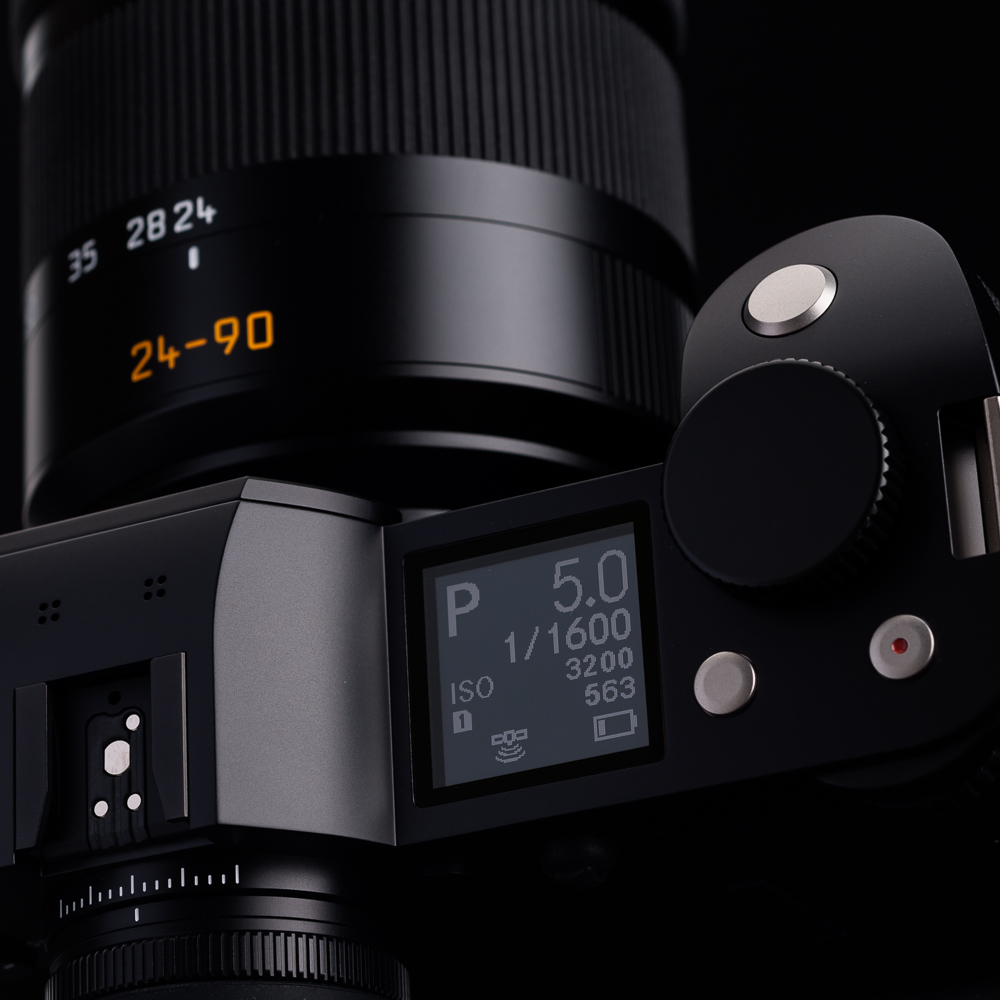



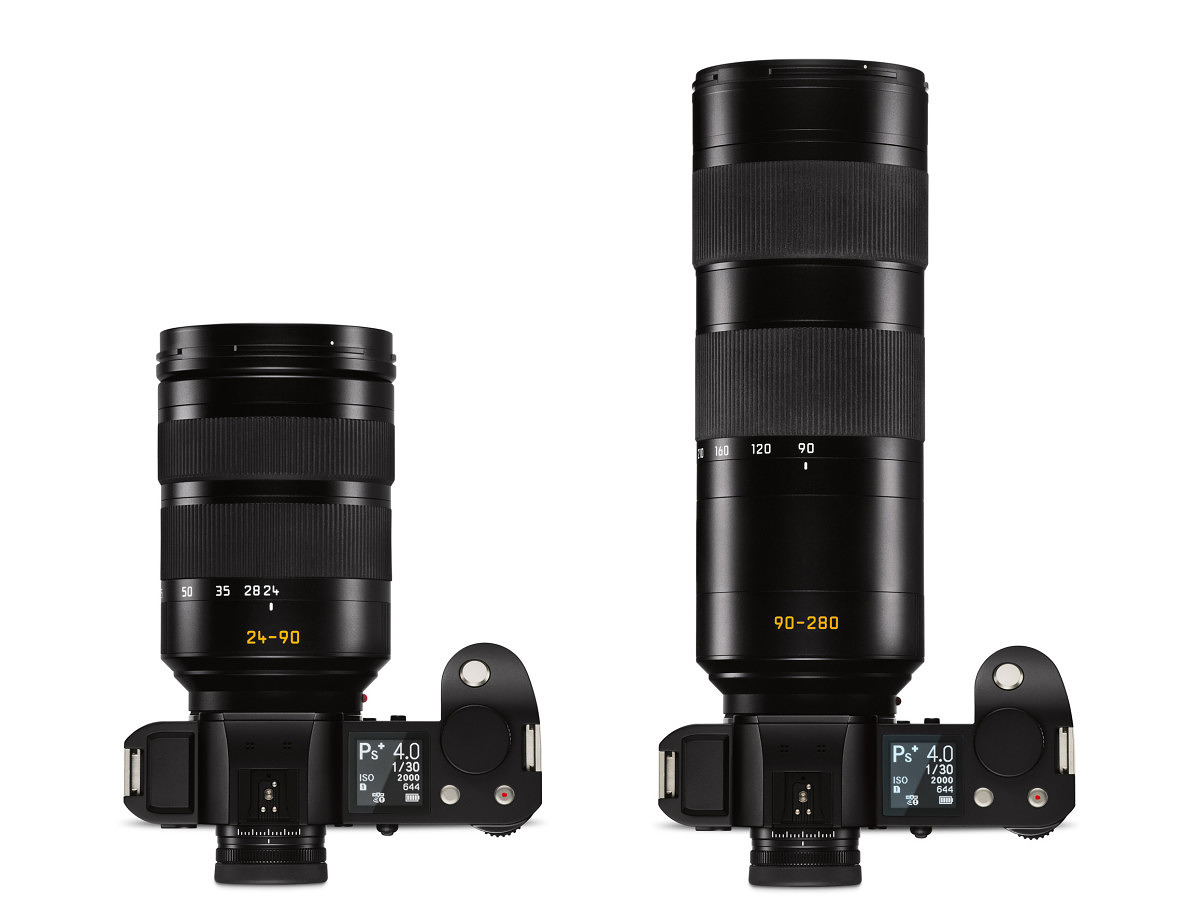
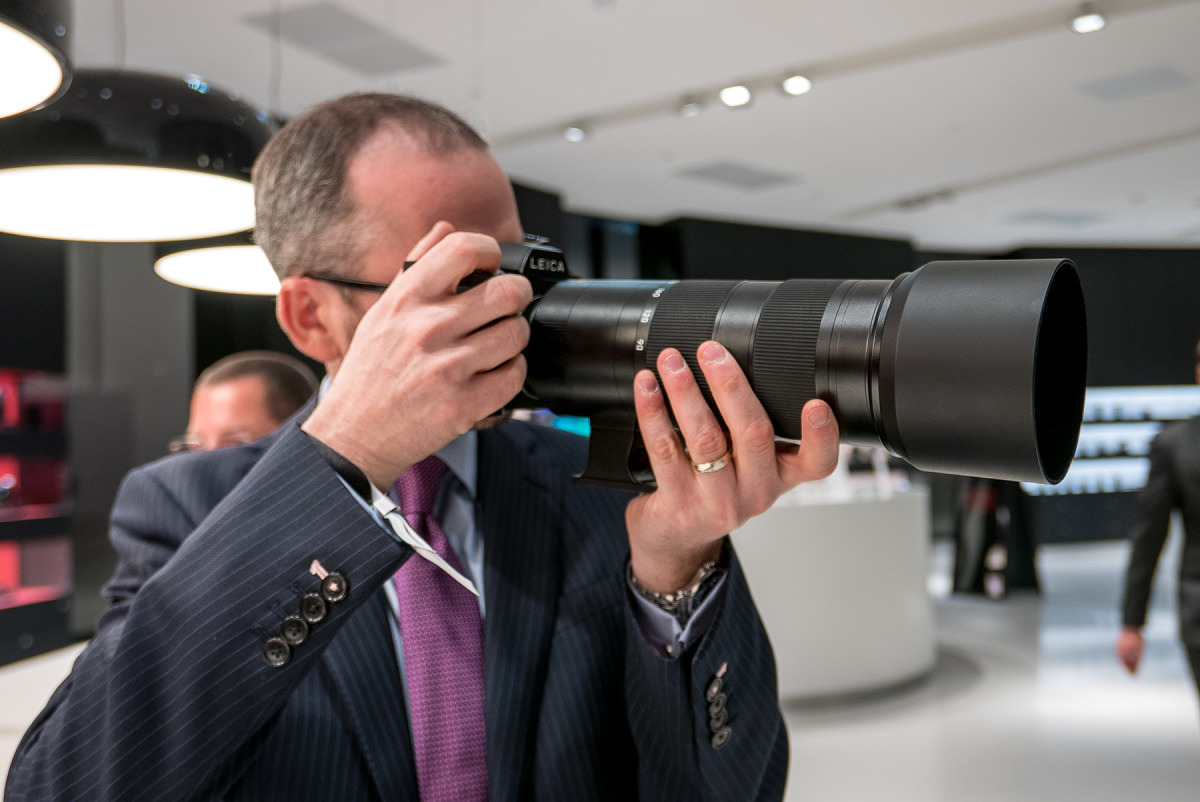


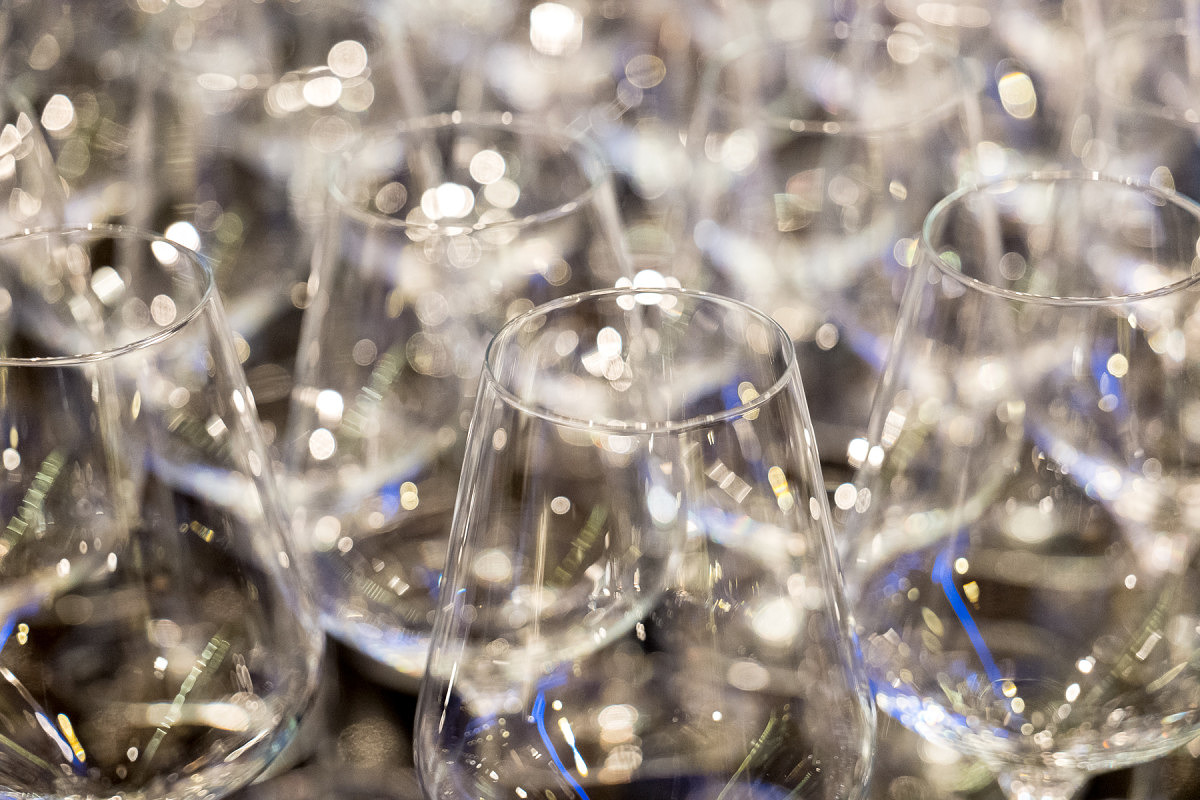
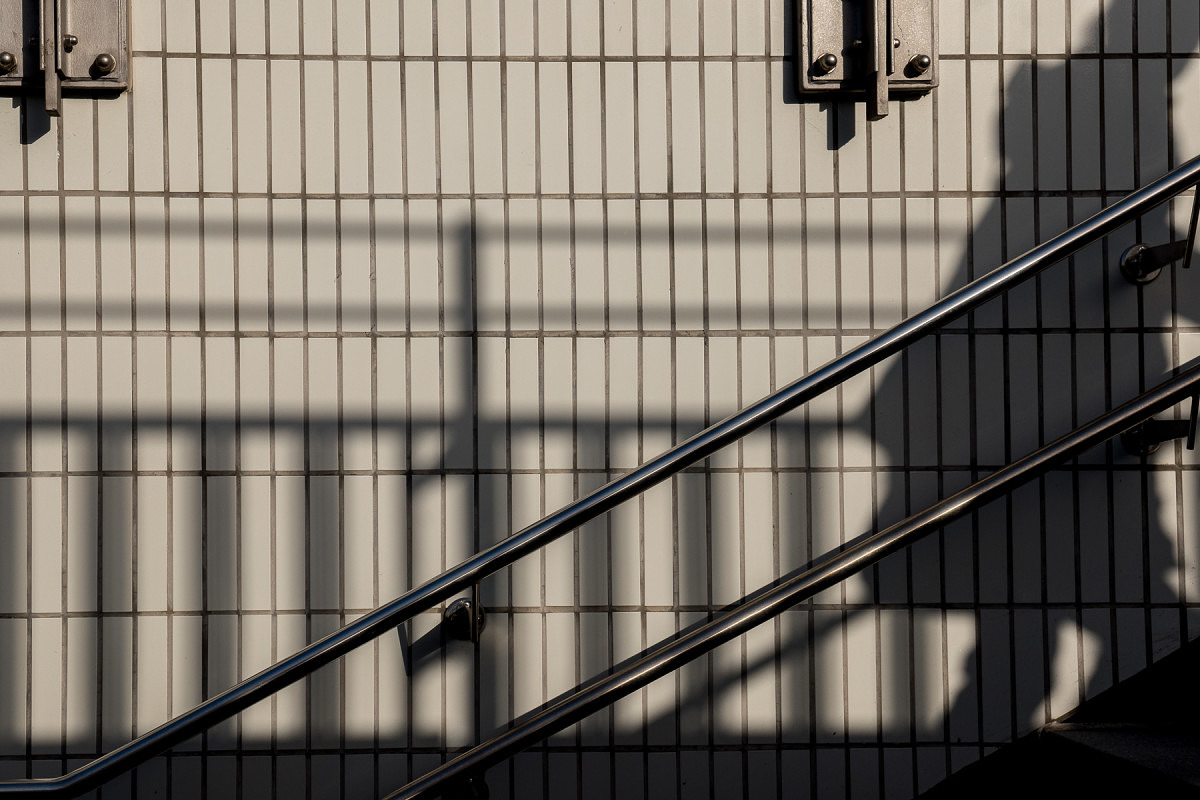
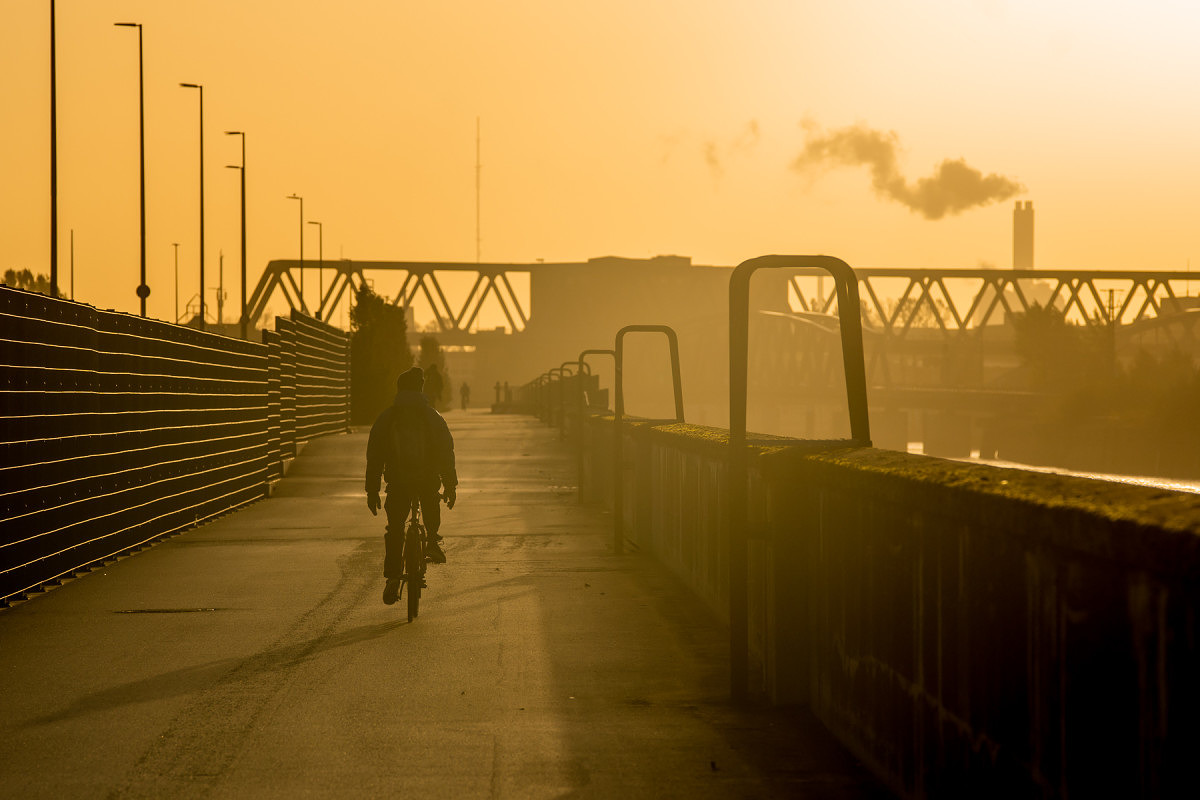


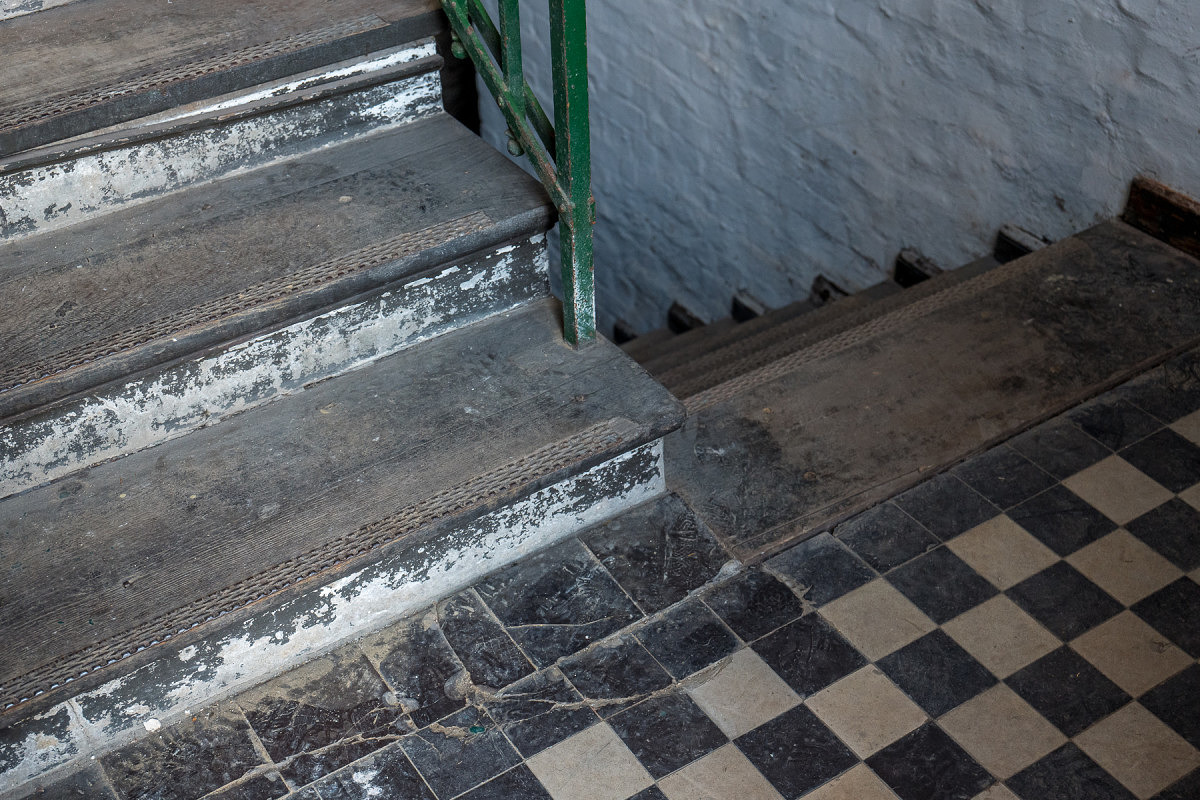

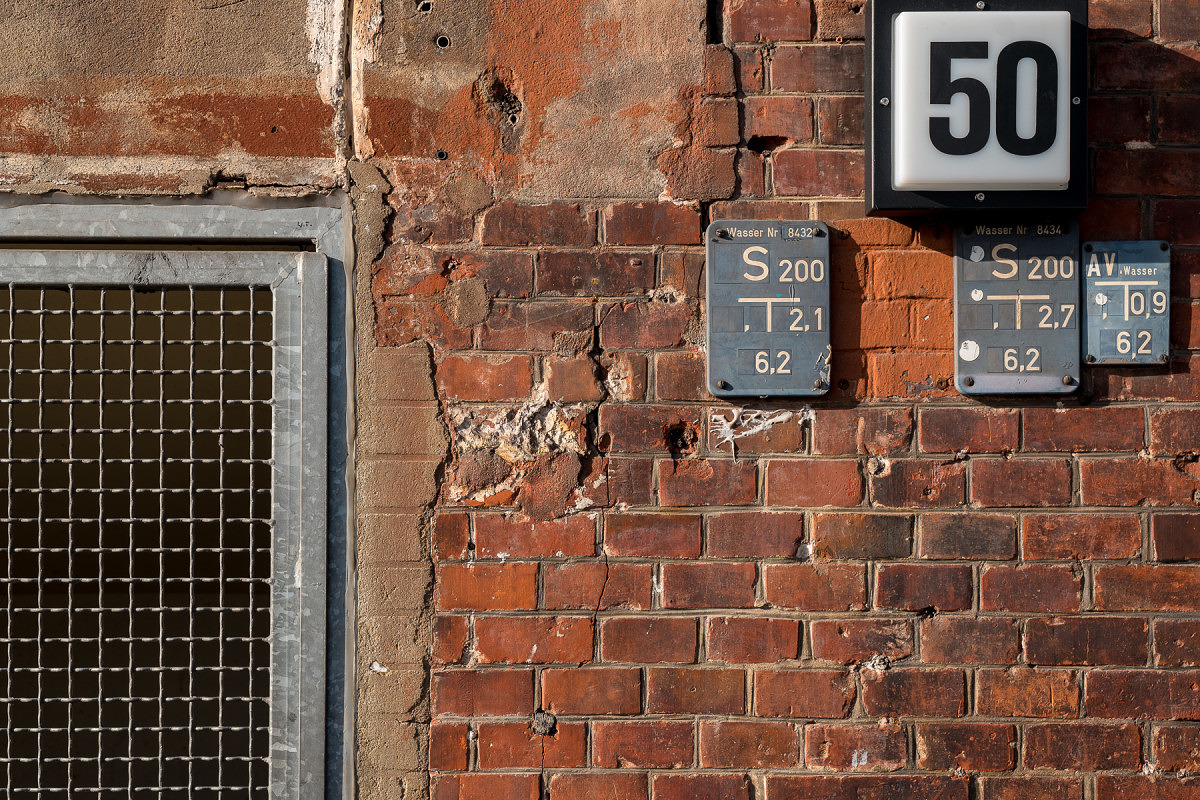







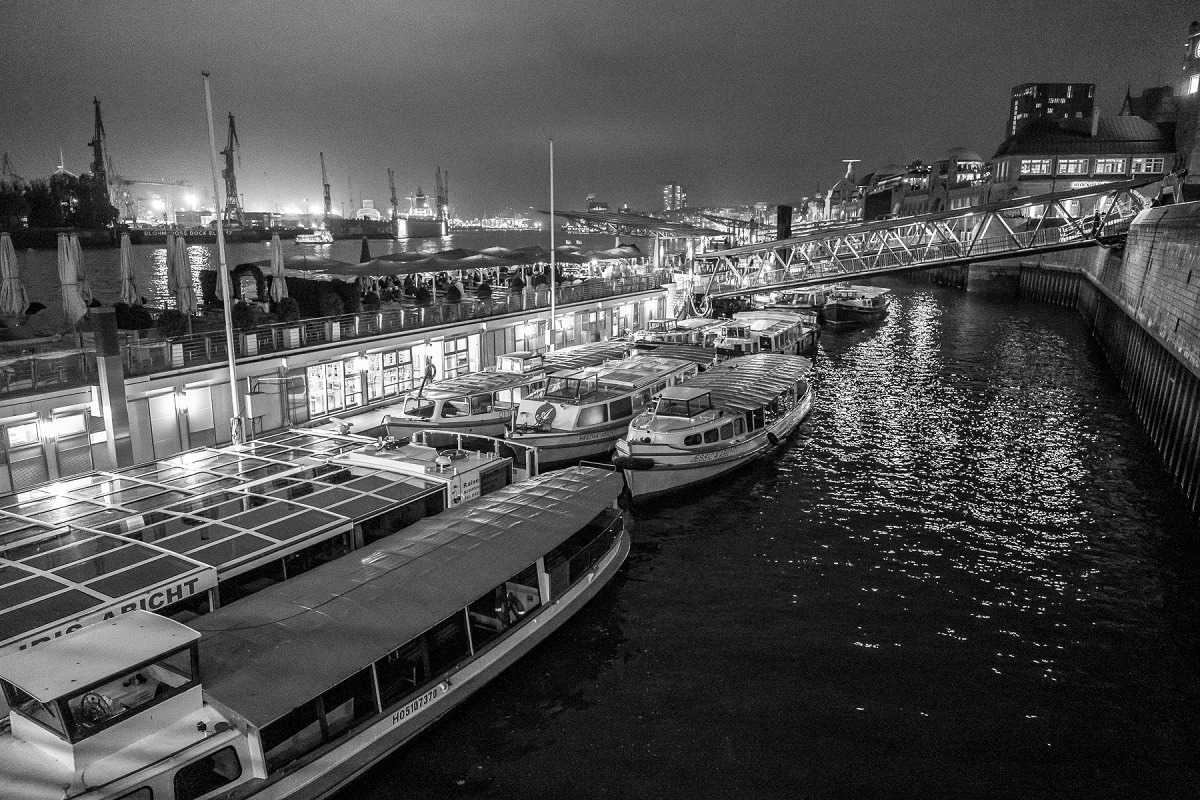
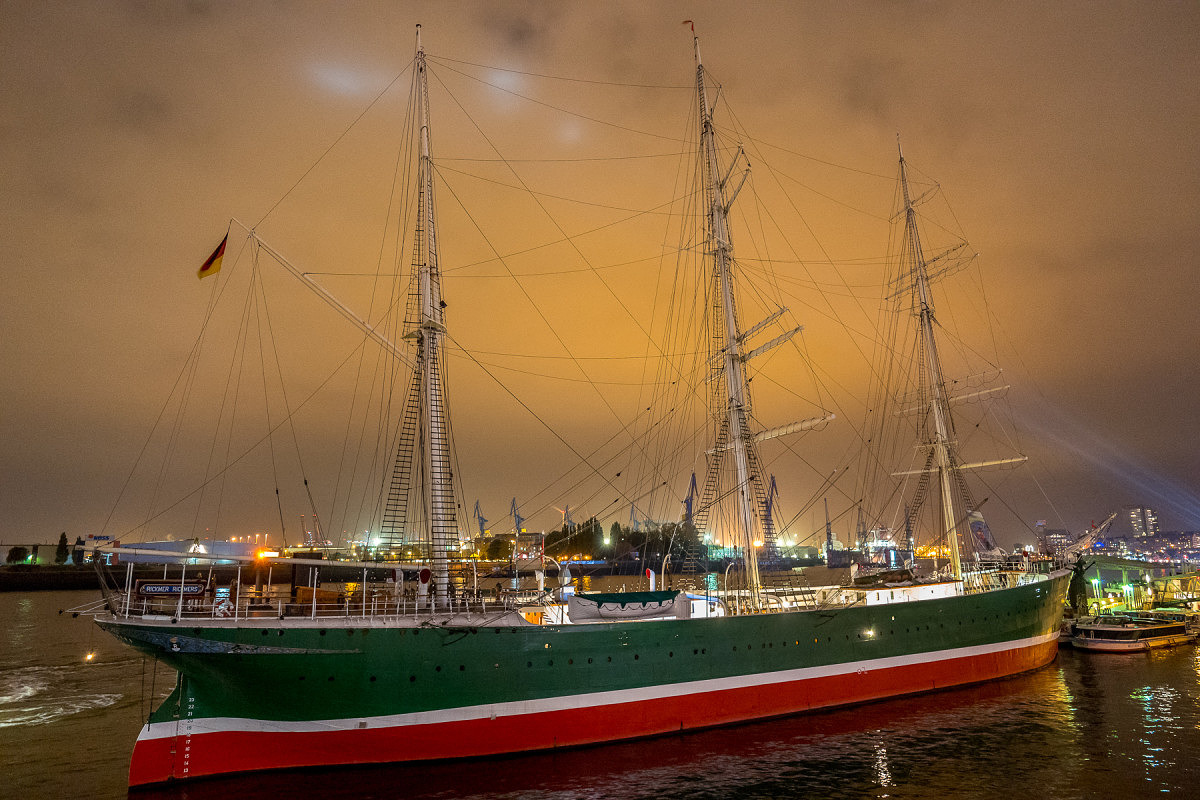
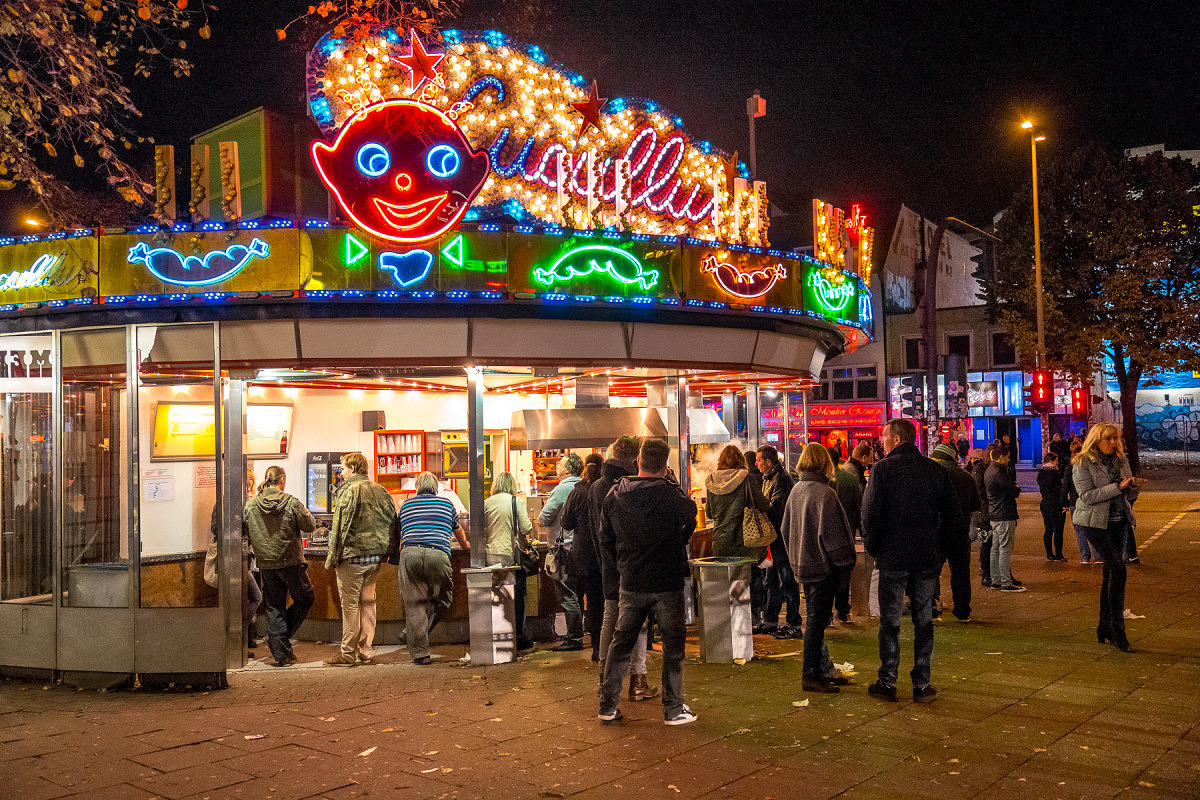



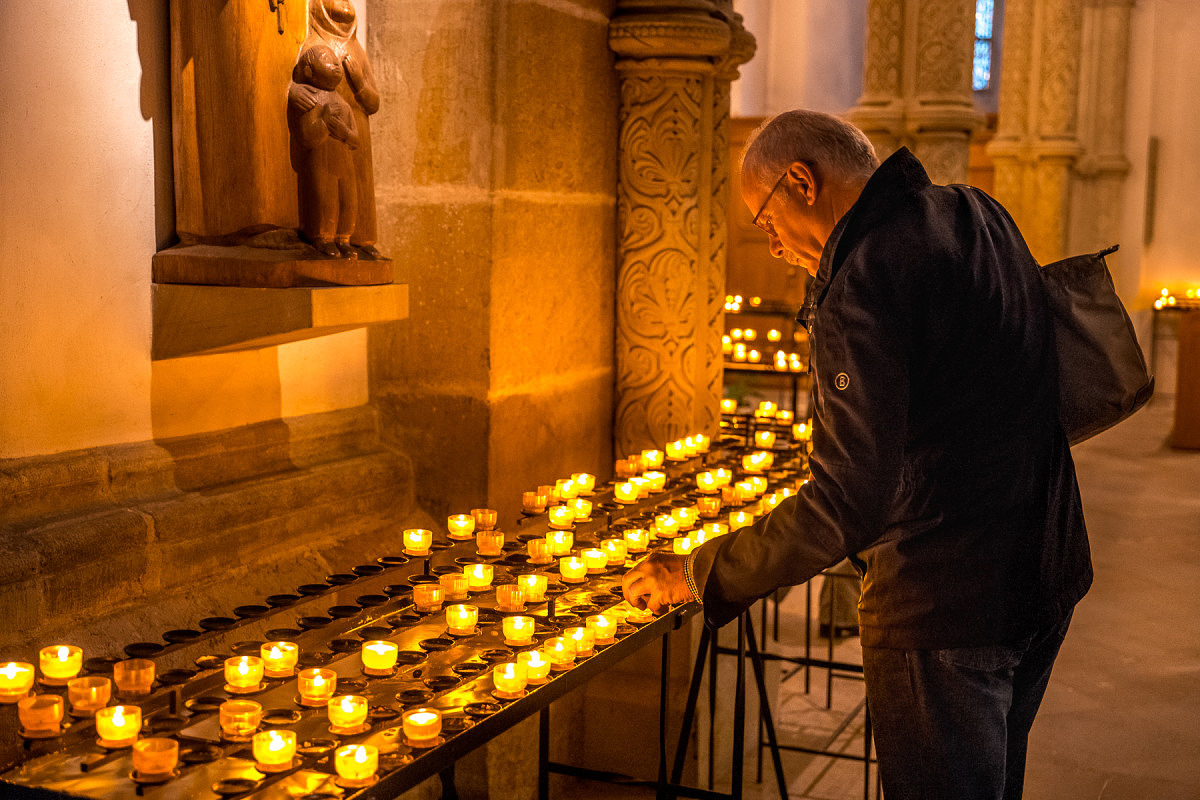




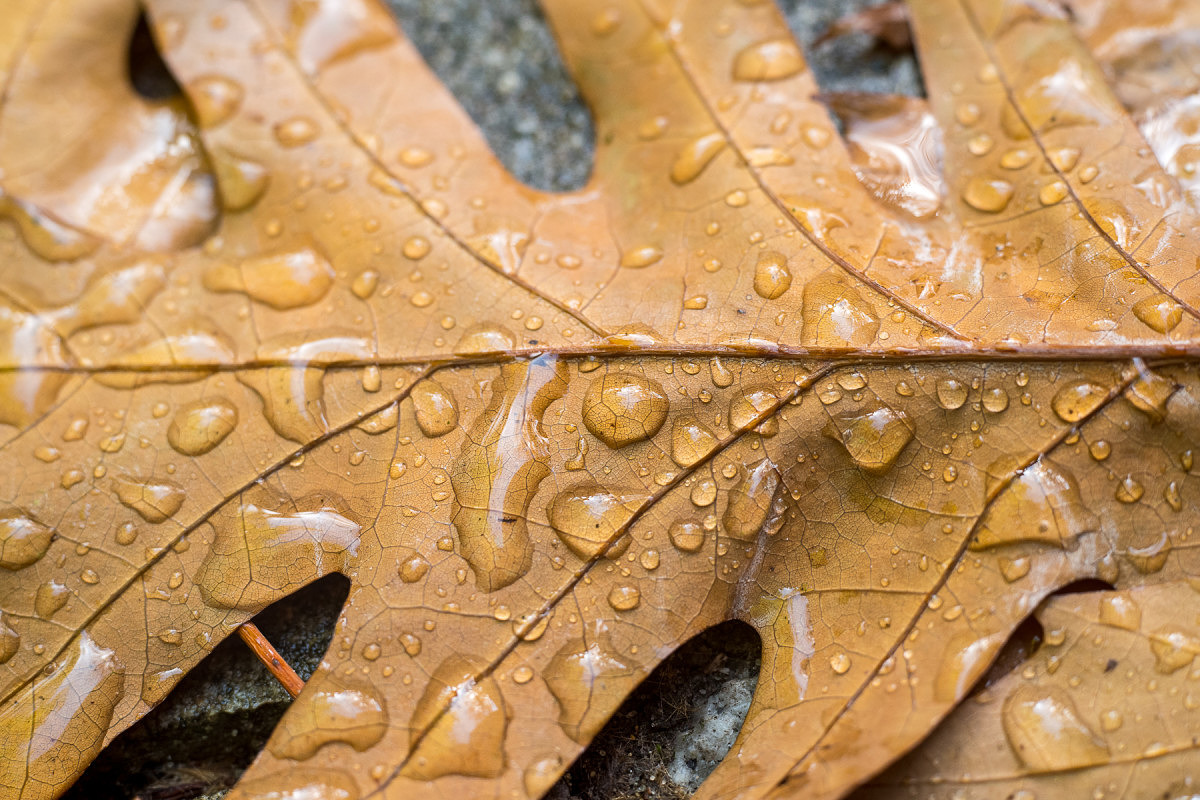

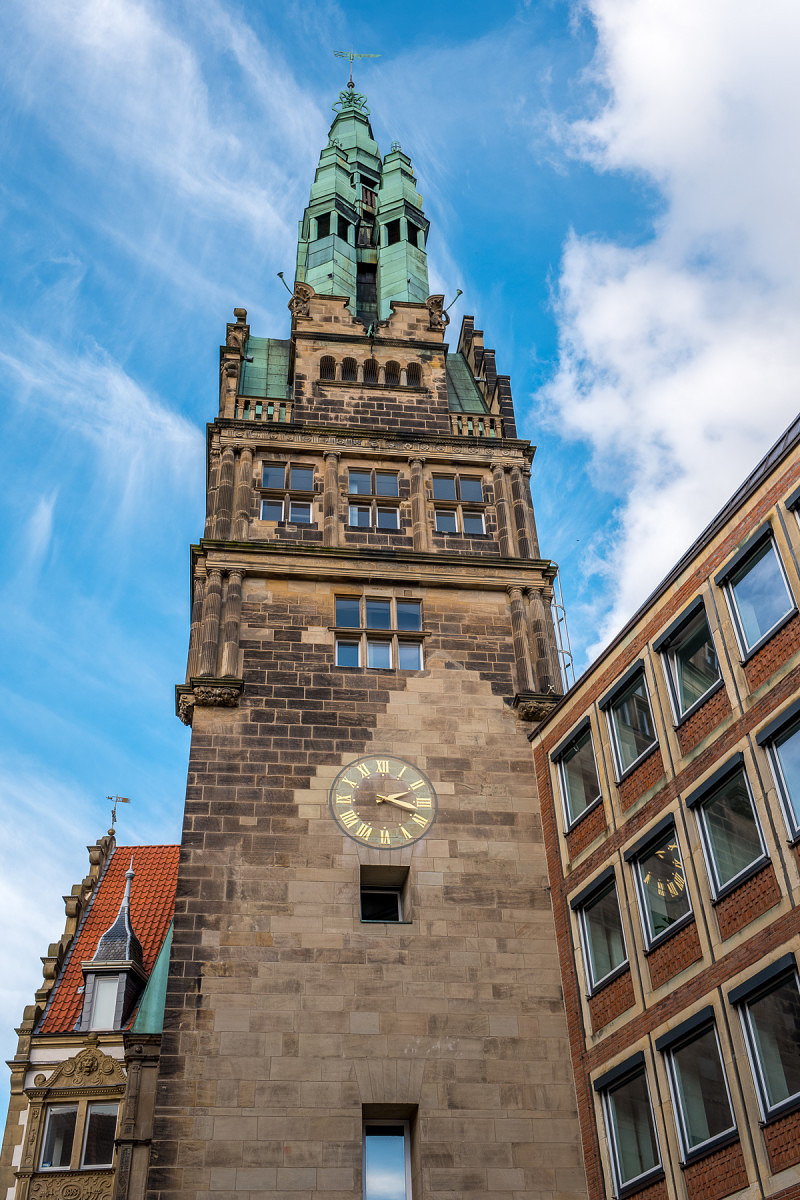






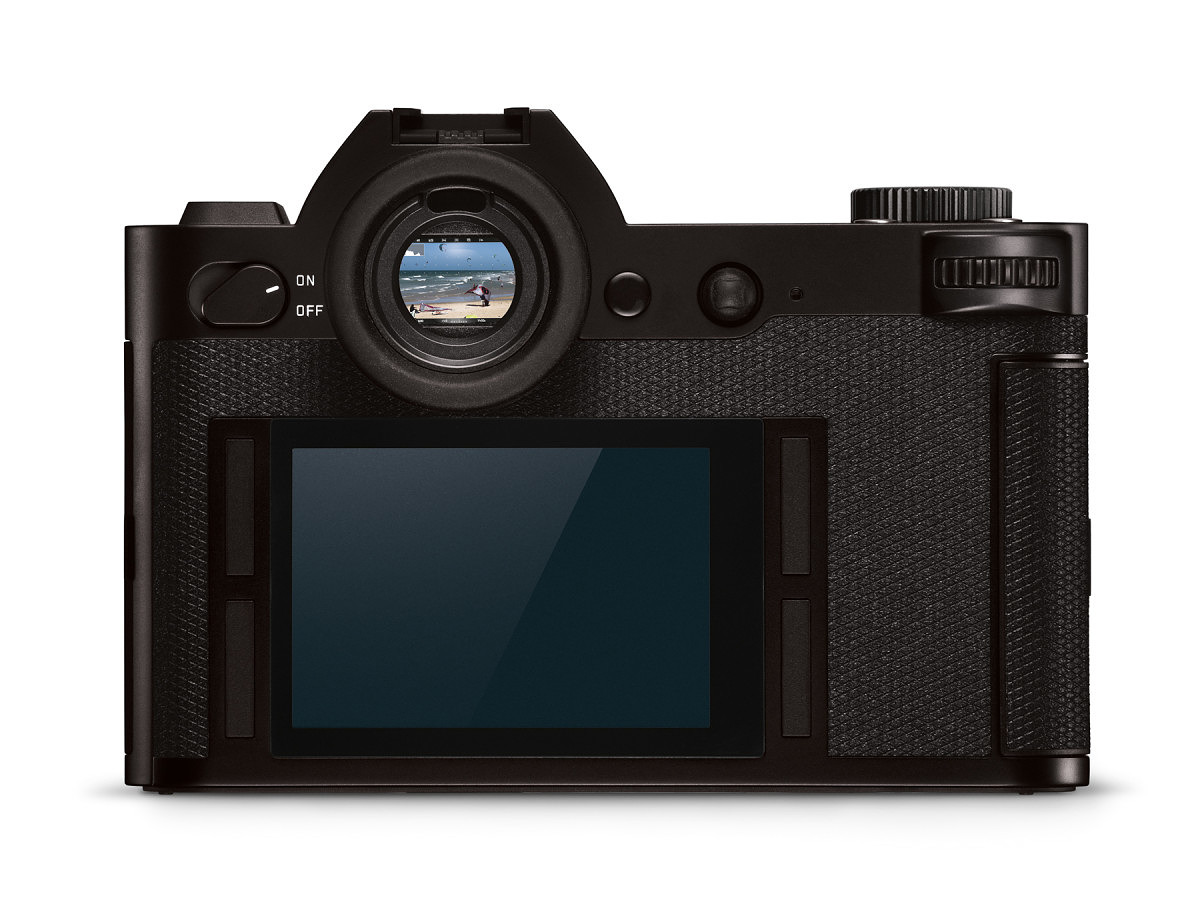
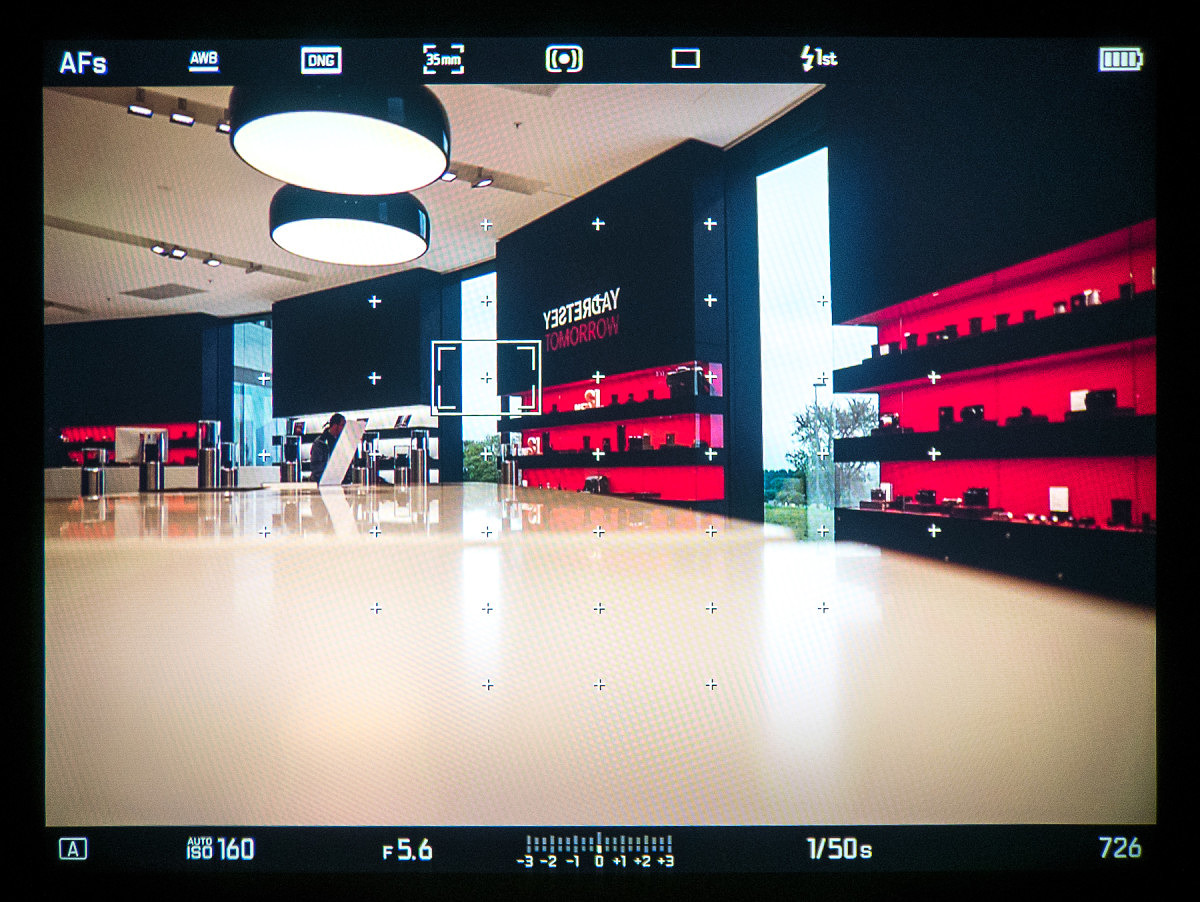
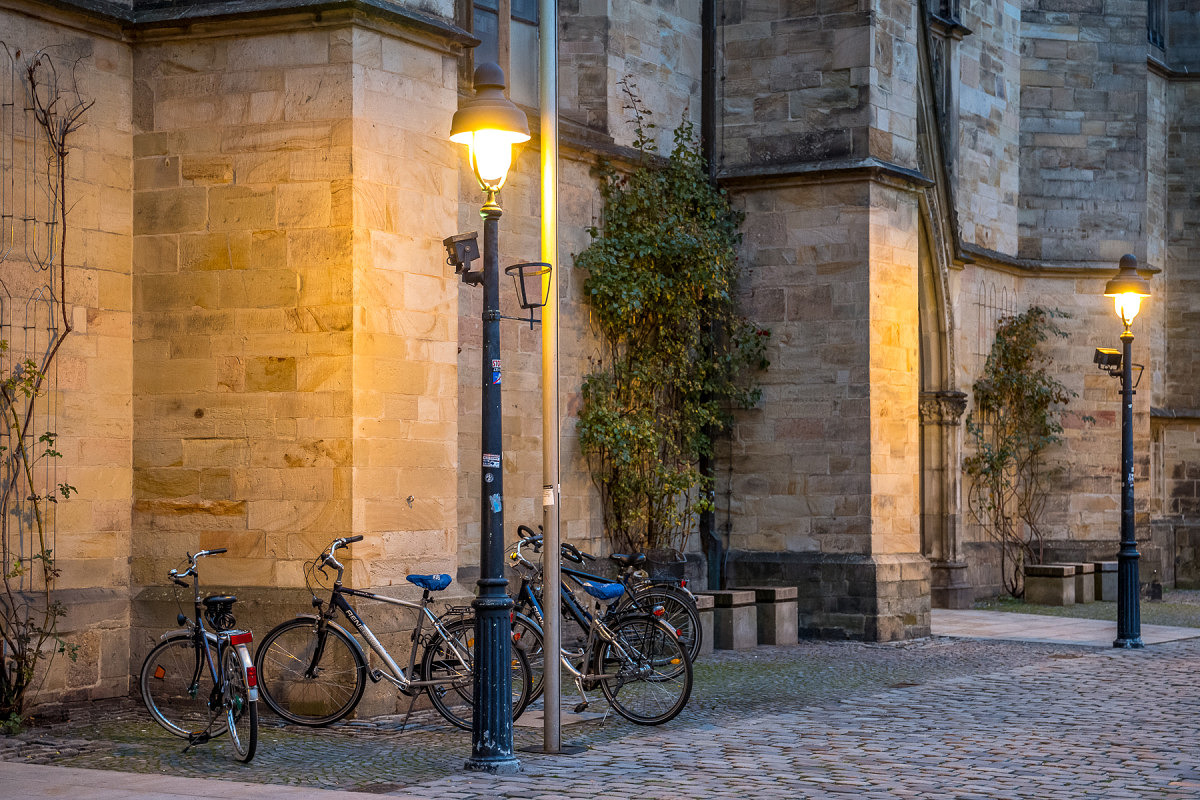


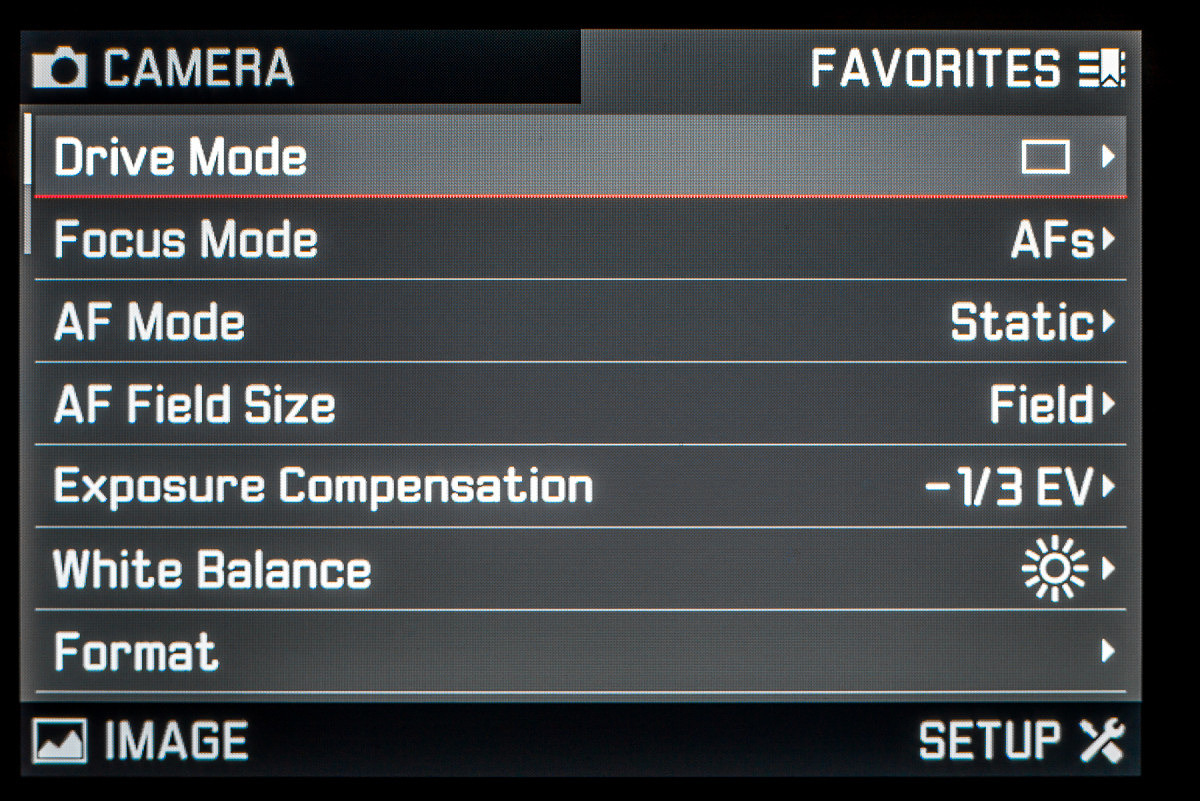

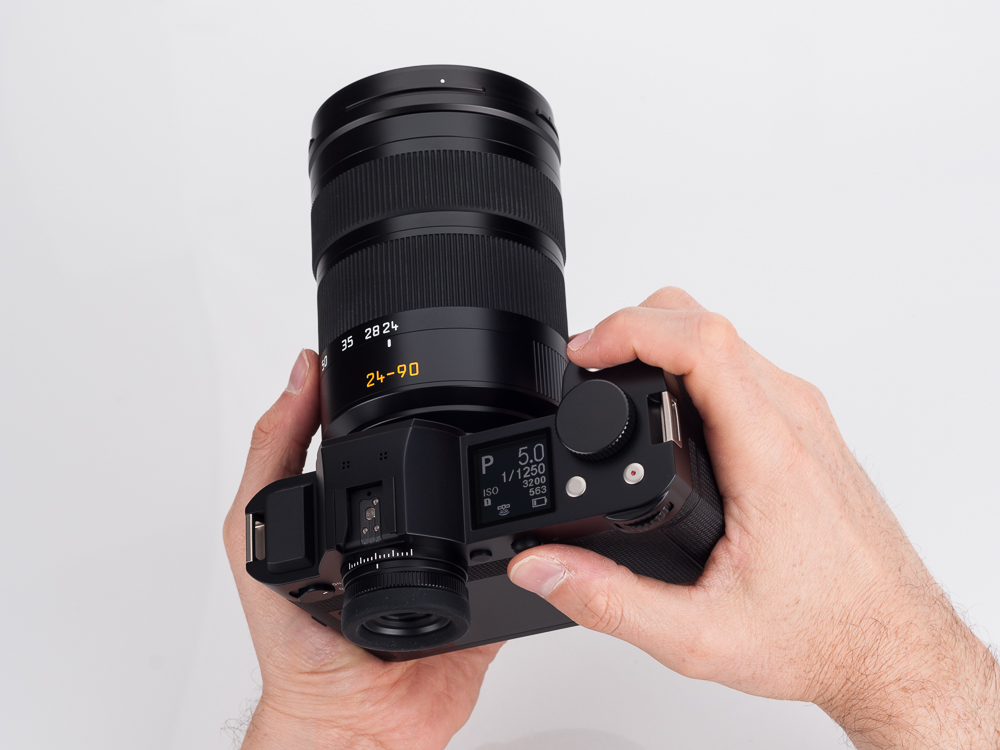
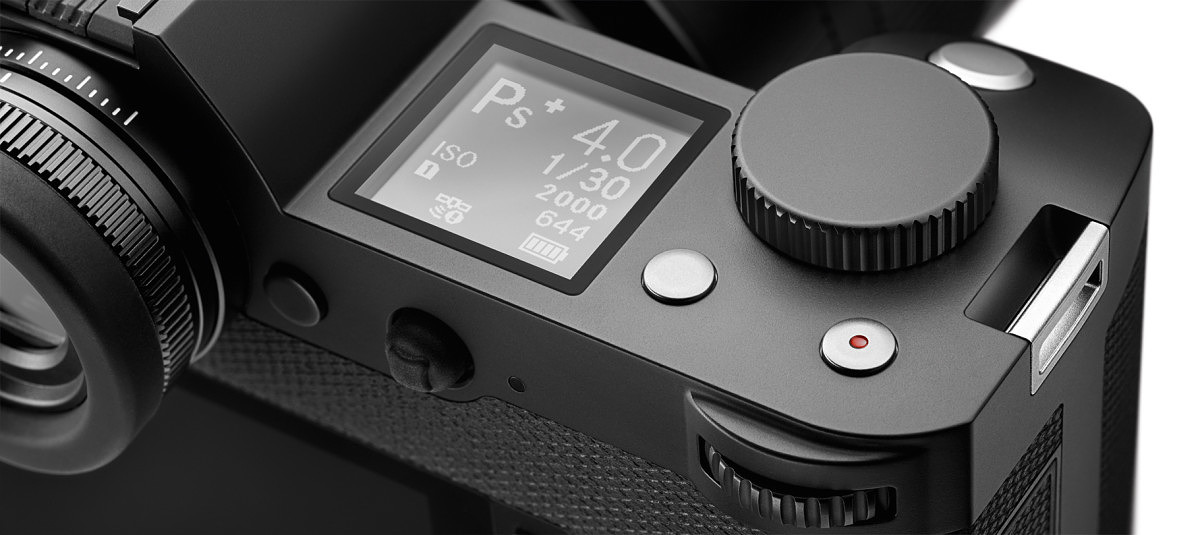

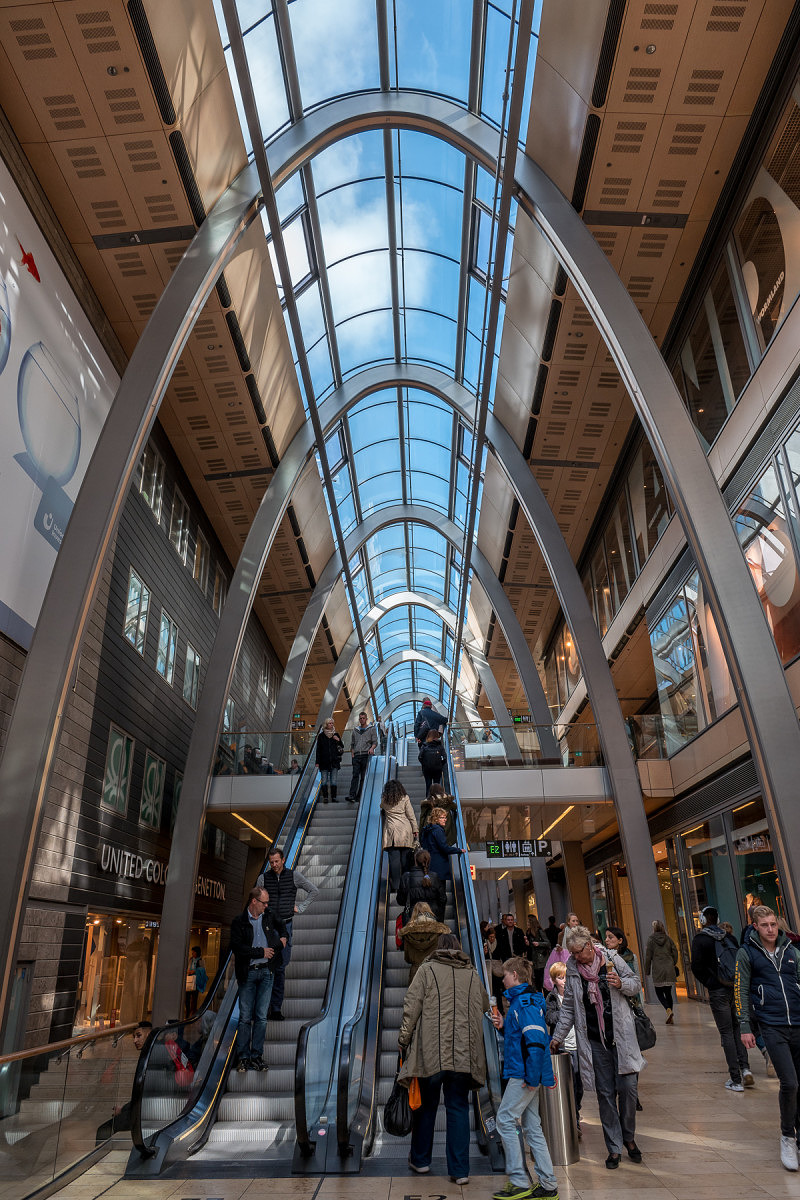

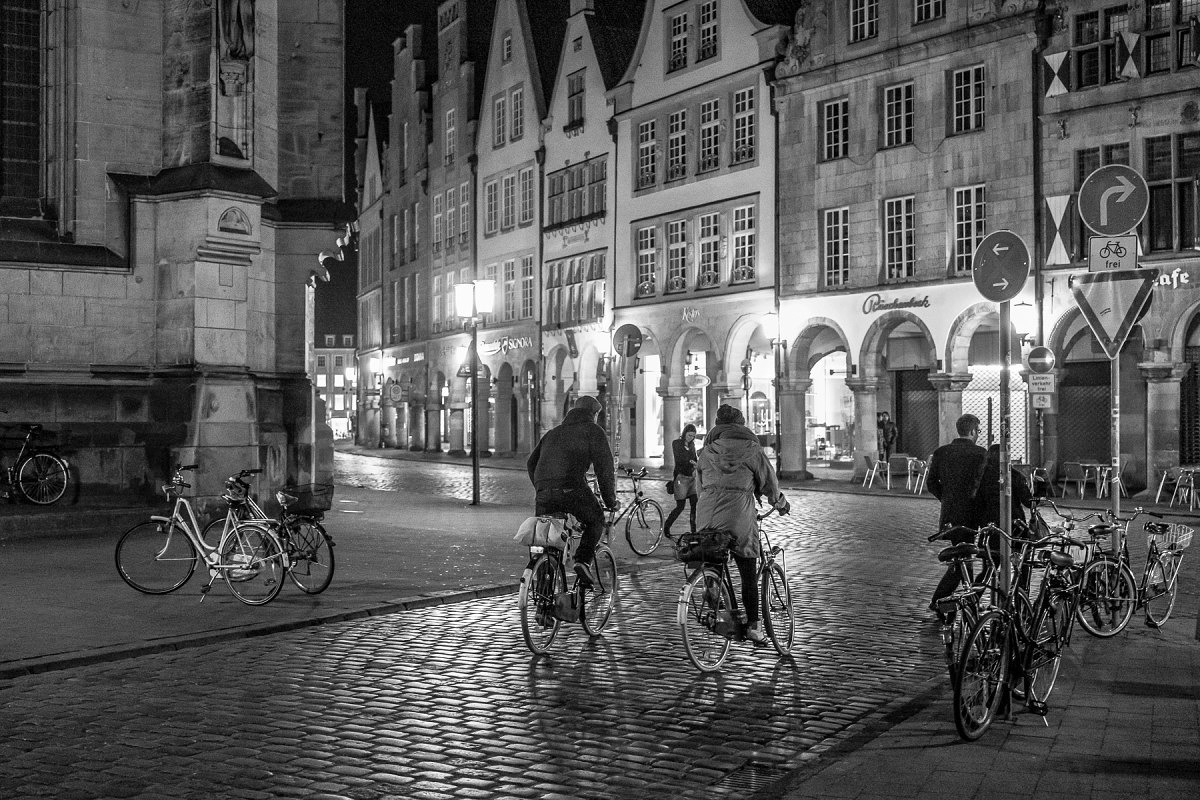
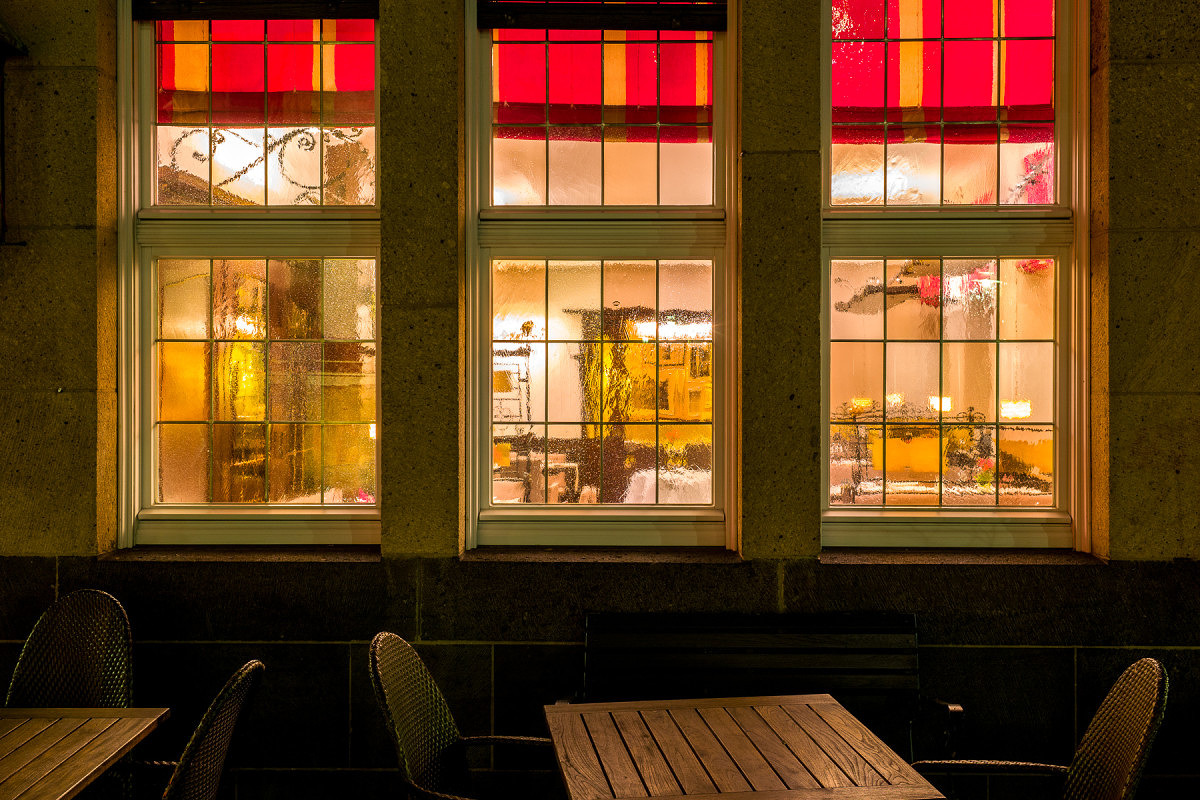


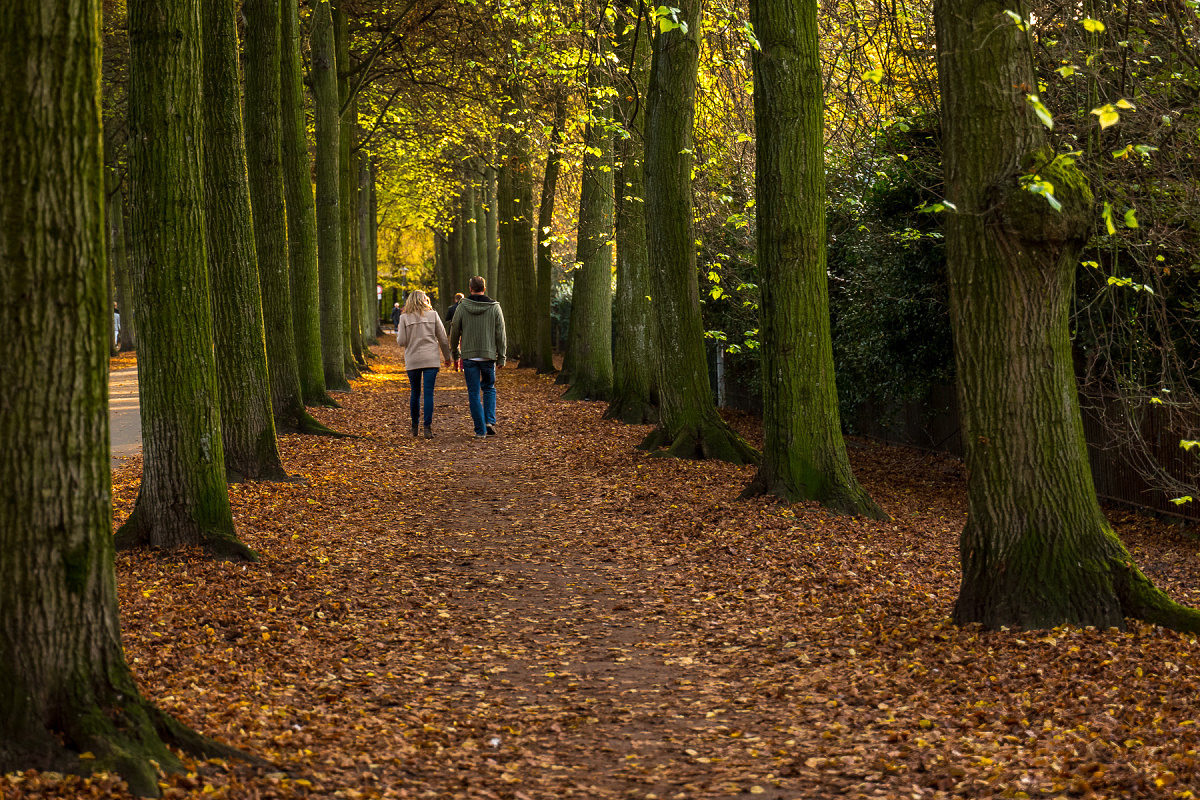


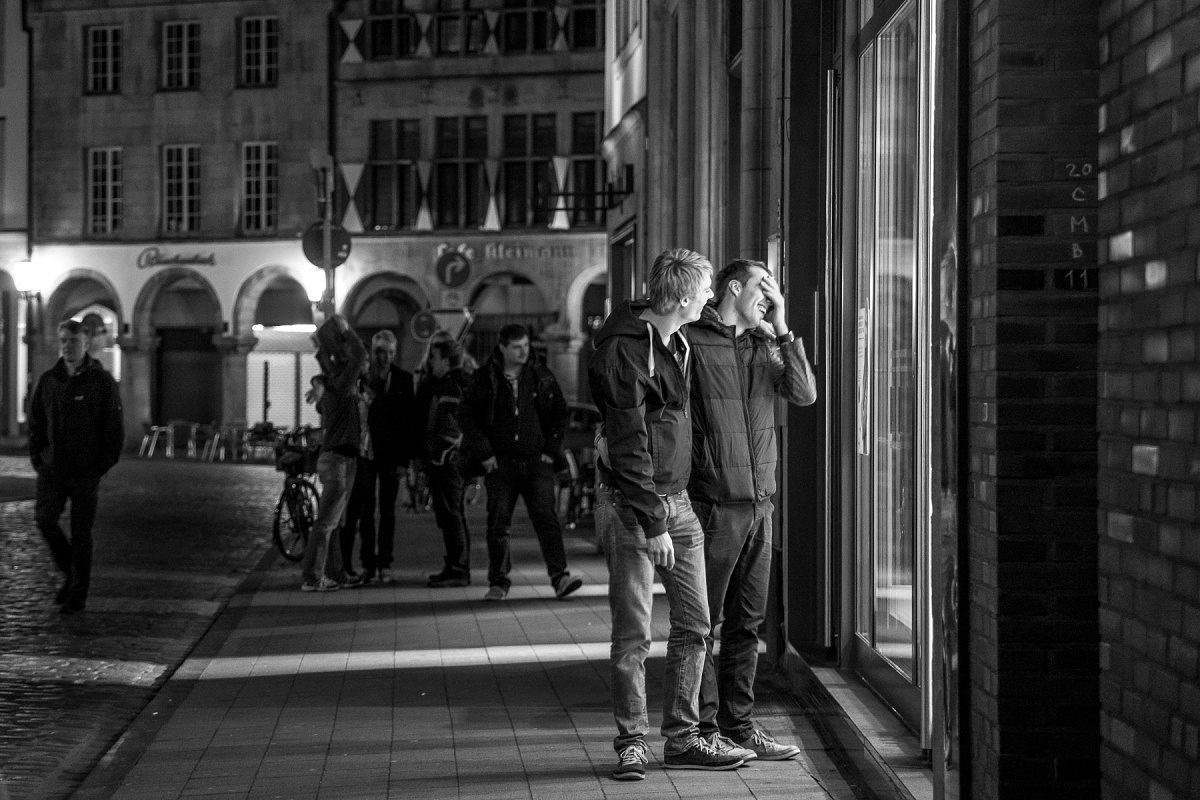
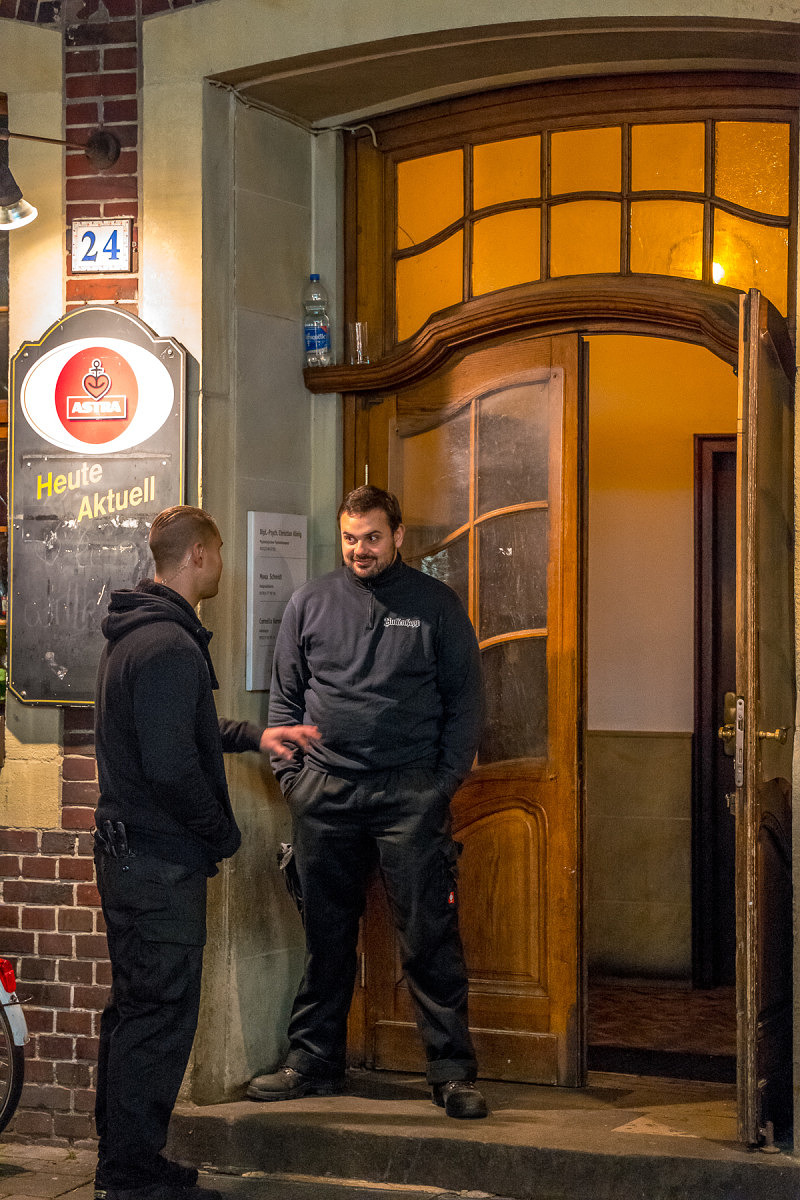





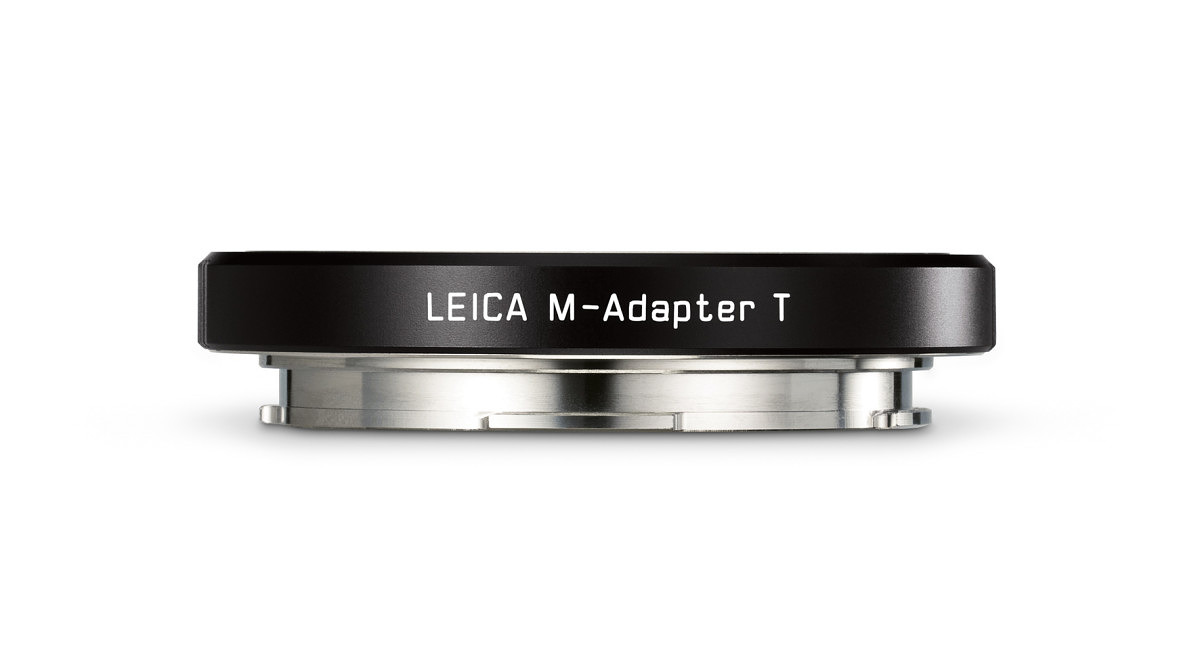


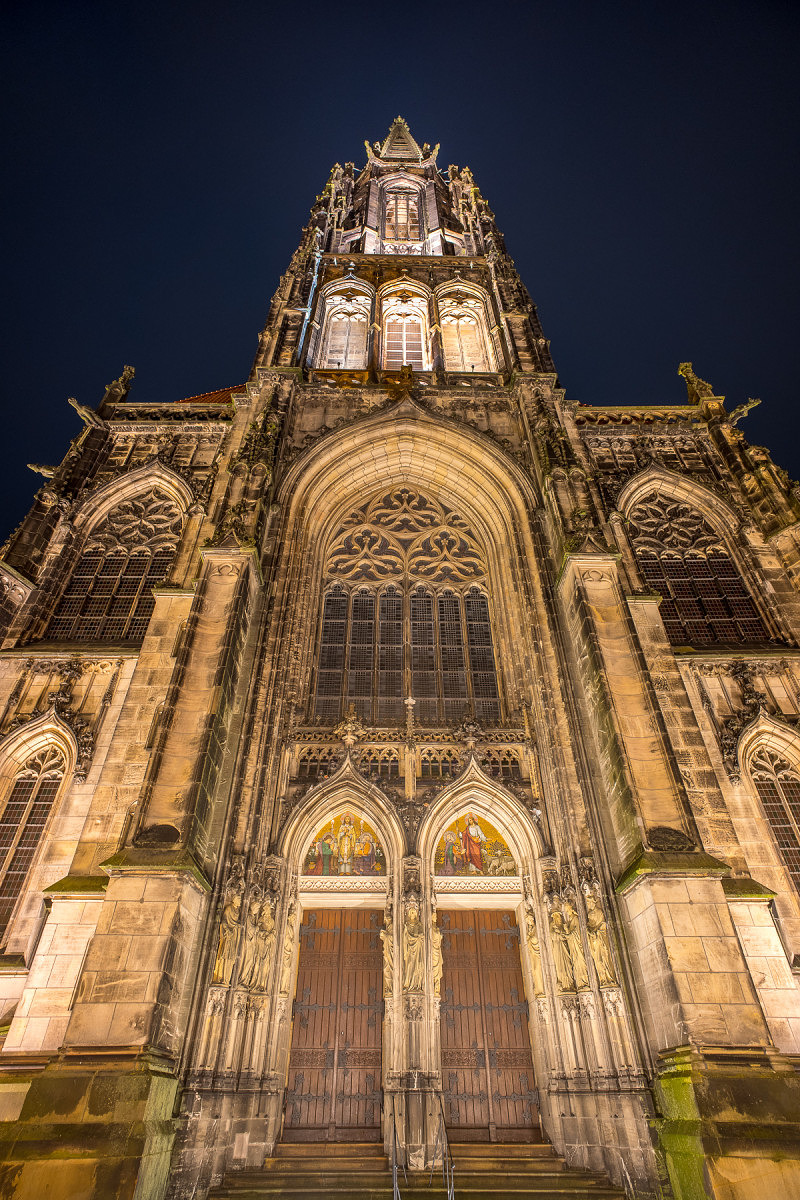
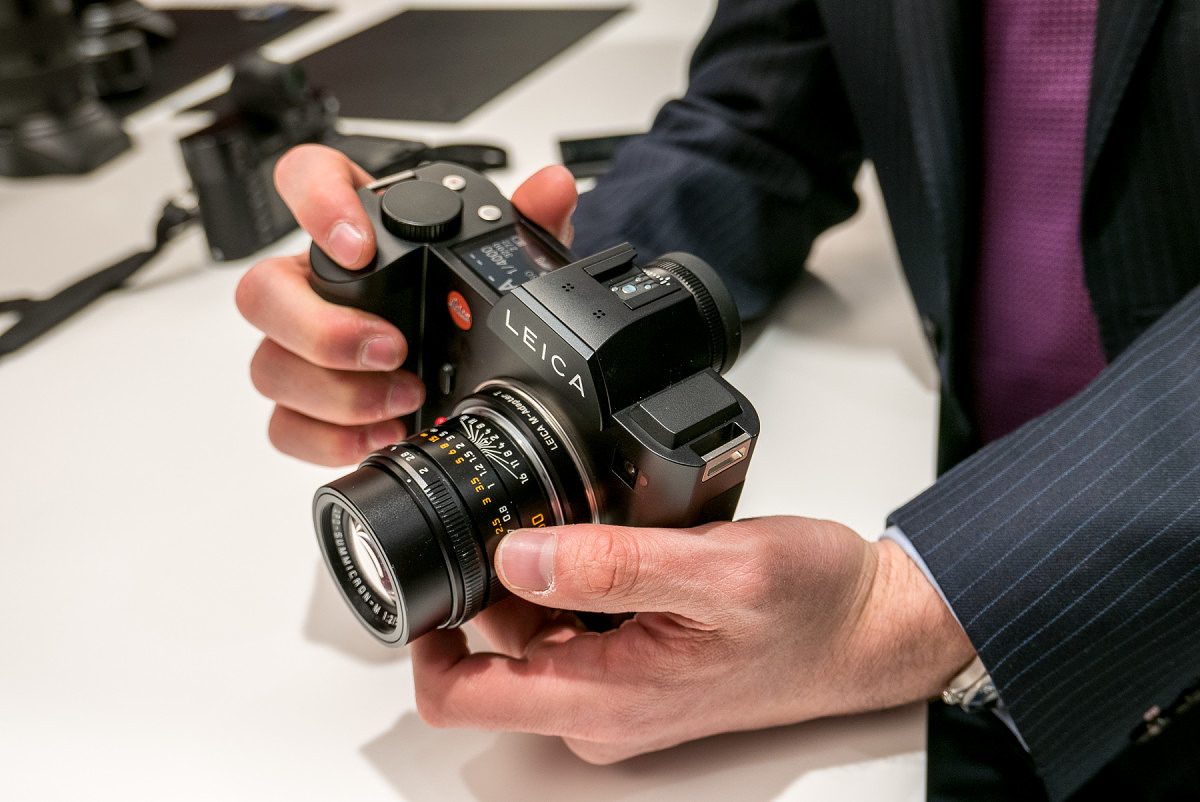







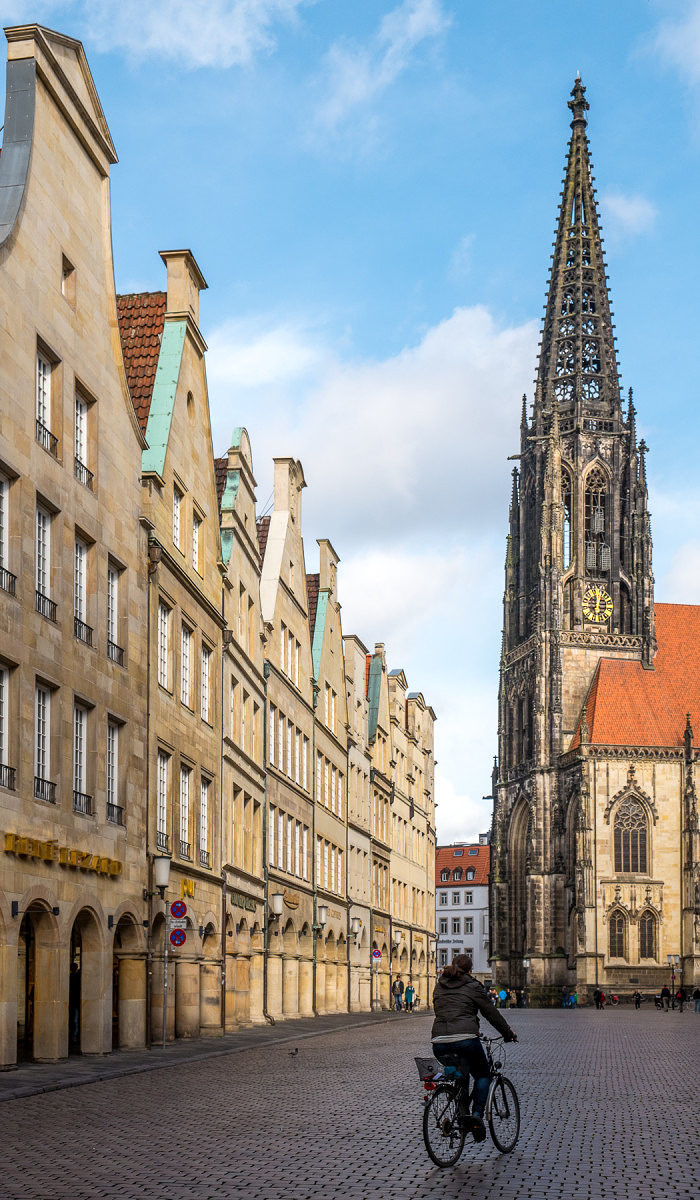

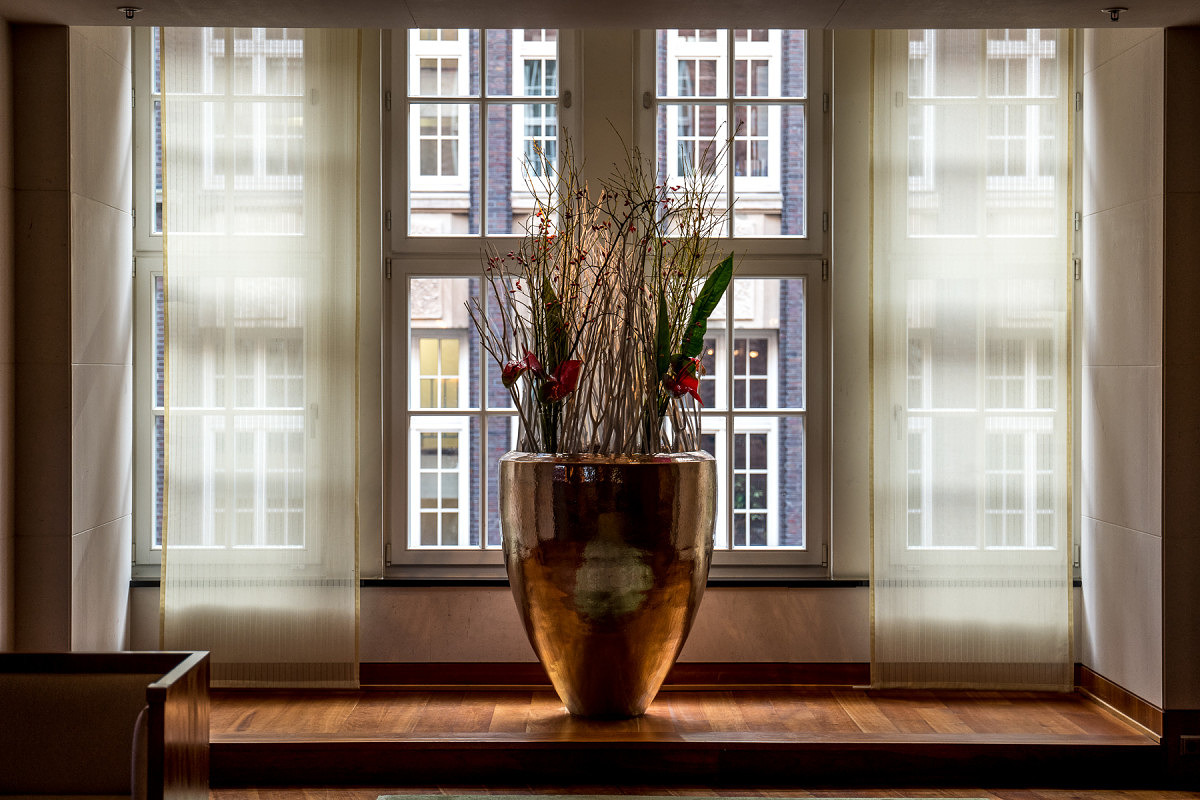
Fascinating review and I’m looking forward to the release of more fixed primes.
Congratulations!
Excellent report, beautiful pics. The cyclist riding in the yellow morning fog and the very last pic are my favorite ones.
I guess I’m a dyed-in-the-wool M user and will thus not get excited about the SL. But it nonetheless seems to be a fascinating piece of technology.
Greetings from Sao Paulo …
David,
Excellent review.
I am a S2 and M240 MP owner.
Im on the fence with the SL.
Still love my S and M system, yet as I get older it would sure be nice to have AF or a good EVF option for my M system.
I am extremely impressed with the quality of the images, especially at high ISO settings.
Excellent review.
That’s the standard of review I expect.
Good Job.
Excellent review as always. RDF and Christian Dowling are my two go-to review sites for Leica gear because the overall knowledge of the brand and the superior photo work with the cameras. I just got an SL today after I finally came to terms with the fact that I just wasn’t shooting with my M9 or S2 after I won a Q in a photo contest. Despite the fact that it’s a semi-wide angle lens and I consider myself a “50 guy” I still reach for the Q every time for its incredible lens, ease of use in all settings and the brilliant sensor. For all my sentimentality the M9 just wasn’t keeping up and the S2 being a recent purchase didnt seem a fit for me despite years of lusting after. I’m sure the latter was my fault as I’m not A) A studio shooter and B) using S glass, but rather adapted Mamiya and Hassleblad lenses. I knew the SL was a Hall of Fame camera that would allow me to use my beloved M lenses again on a superior sensor so after a few months of putting it off I woke up this morning and decided it was time for a change. I went to the guys at OC Camera in Mission Viejo, CA where they are more then happy to wheel and deal and made the switch. I’m looking forward to my images having a similar look across the two cameras as well as experimenting with video and third party lenses. Finally the R solution has been revealed and it has definitely been worth the wait!
Dear David,
As an S owner (type 006 and type 007 and S2 before that) since almost day one, your comment, near the beginning of your otherwise excellent article, to the effect that there is a full complement of lenses available for the S system, which bodes well for the SL system, astounds me. For a system’s (the S) native lenses to stop at 180mm, which is not even 150mm in full frame terms, means that, as much as I love my S equipment, it can never be a complete “system” for me and is, increasingly, left at home when on an assignment which demands the availability of a system with focal lengths of 200mm or longer. The SL, in many ways, is already more of a system through the 2 native zoom lenses and the ability to use M and R lenses by means of smart adapters – all in the space of essentially a few months since the introduction of the SL compared to over half a decade since that of the S.
I have been canvassing Leica UK and Germany for several years to, if they are, contrary to promises made at the launch of the S all those years ago, unable to introduce longer, native focal length lenses, at the very least develop a matched, APO tele converter for the 180mm lens. All of my emails on the subject have been unanswered and my pleas have fallen on stony ground, which speaks volumes for the future of the S system and to Leica’s commitment to those loyal customers who have spent a small fortune investing in a system which promised so much but which now looks as if it is being pushed into the background of no further development.
Kind regards,
Bob Hamilton
This is great news, since I own an old Macro Elmarit-R 60 mm, and I’m interested in photographing my extensive collection of fountain pens. I was afraid I might have to go back to Japanese cameras, but the SL system represents a real alternative.
Can the SL can be used in a studio situation at all? I am a photography teacher and one of my students brought a SL along – as far as we could make out, there is no way to disable ‘exposure simulation’. With typical studio settings (such as ISO 100, 1/125, f/8), you get a black screen, with no way of changing it. Tell me it isn’t true that a camera that costs the same as a small car has such a basic flaw.
Simon,
The SL can certainly be used in a studio environment. But you are correct that that you need to turn off exposure simulation so that you don’t get a black frame with typical strobe settings. To disable Exposure Preview, just go to the second page of the camera menu and set Exp. Preview to Off. Hope this helps.